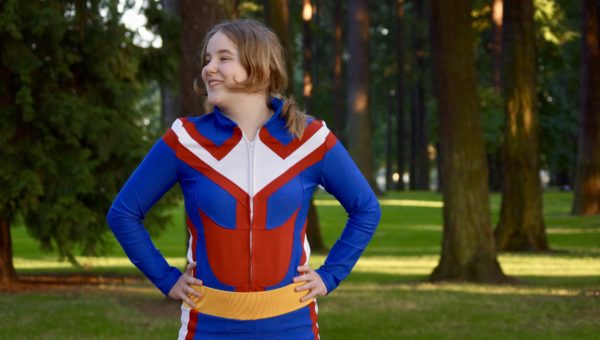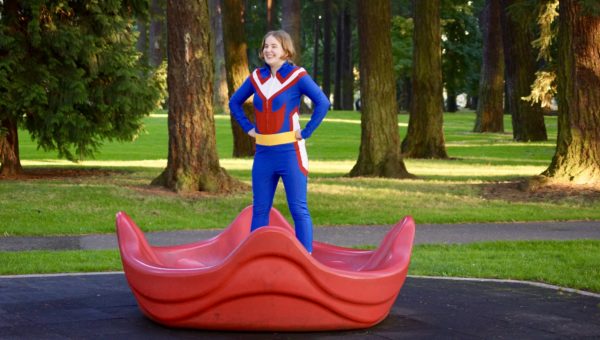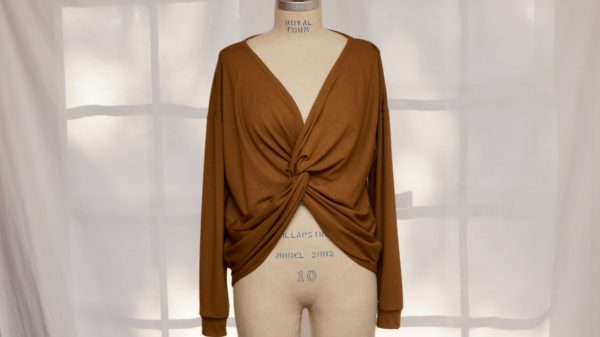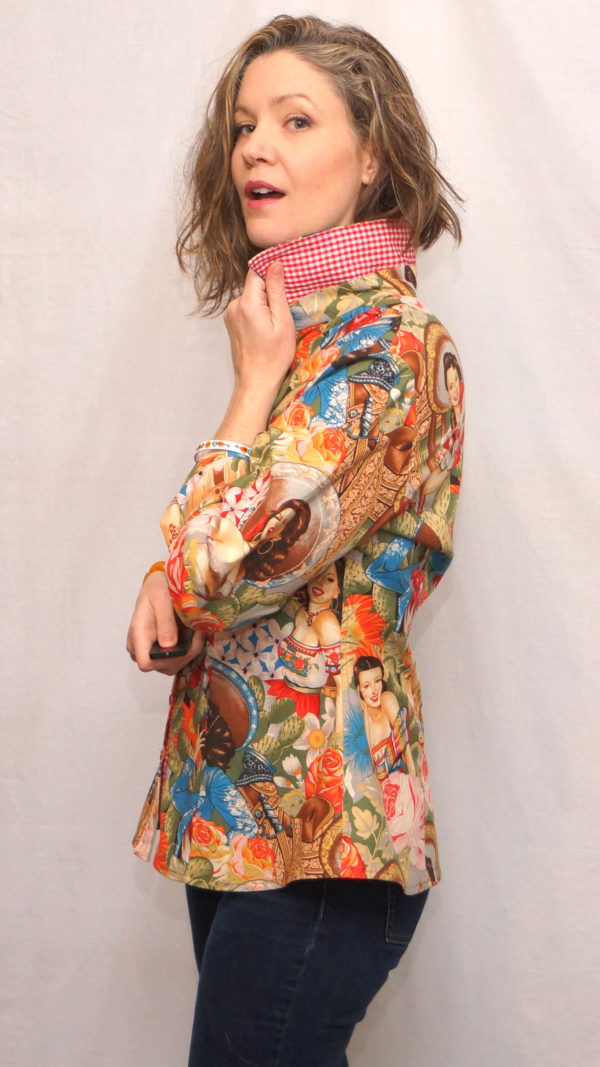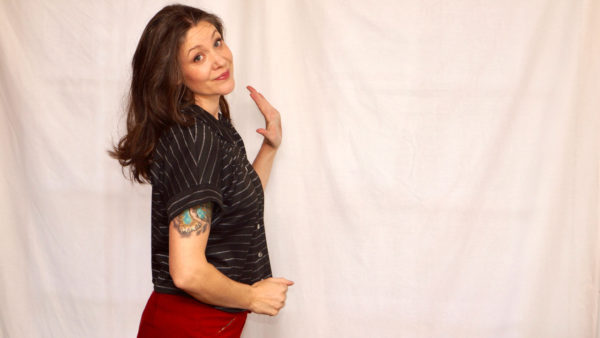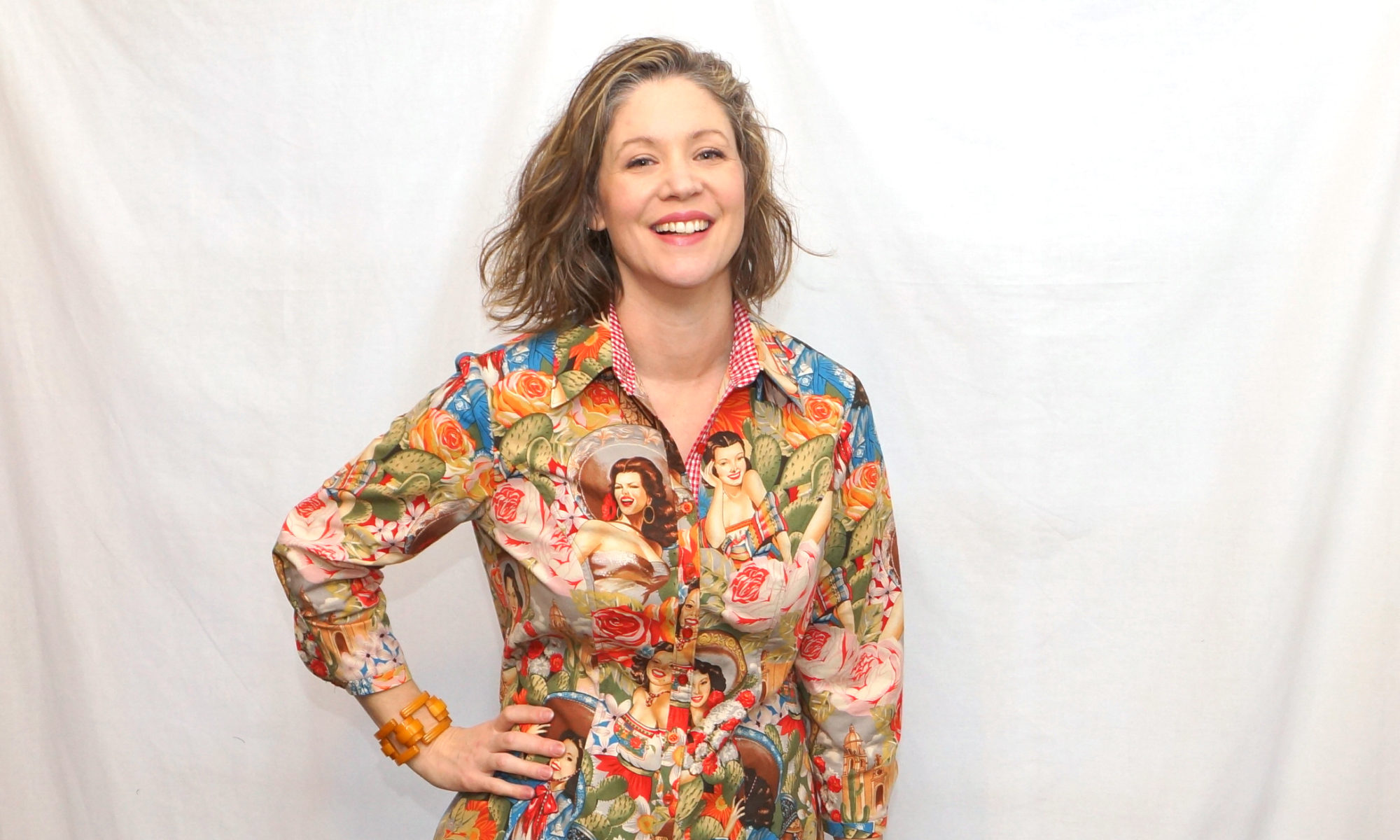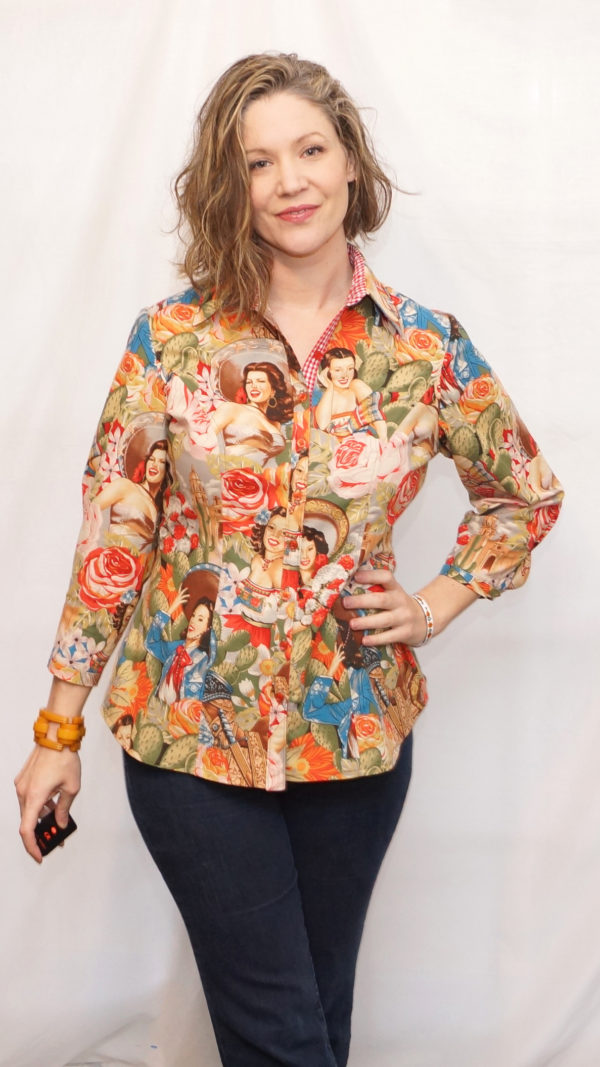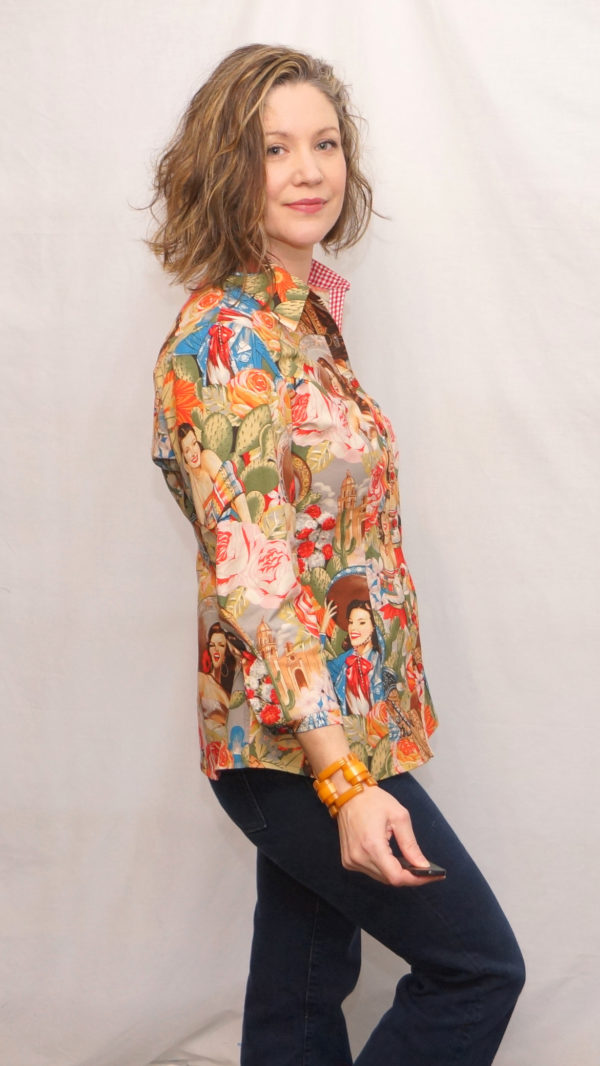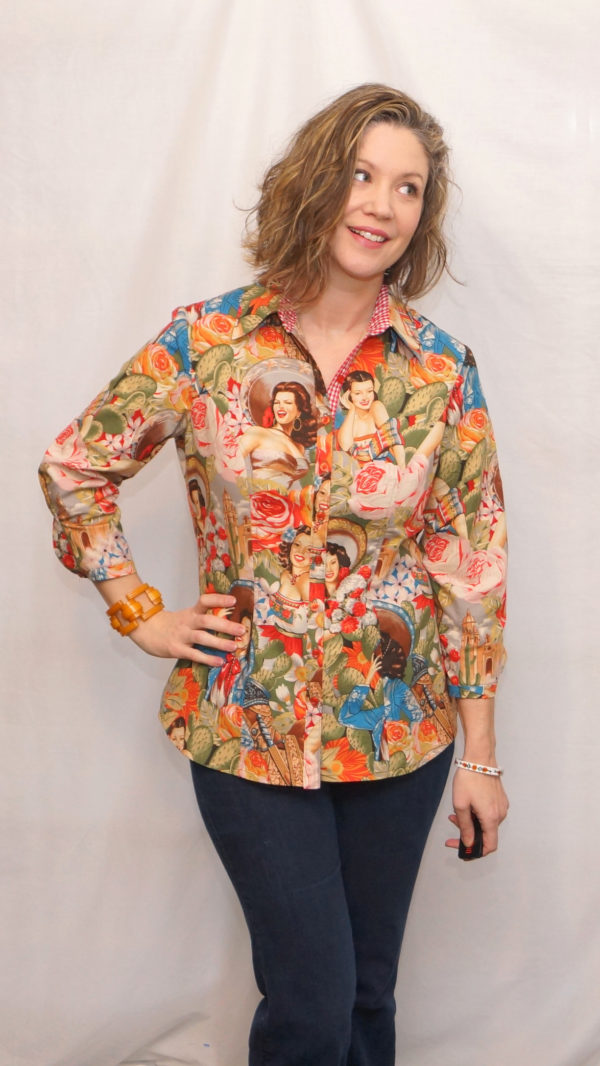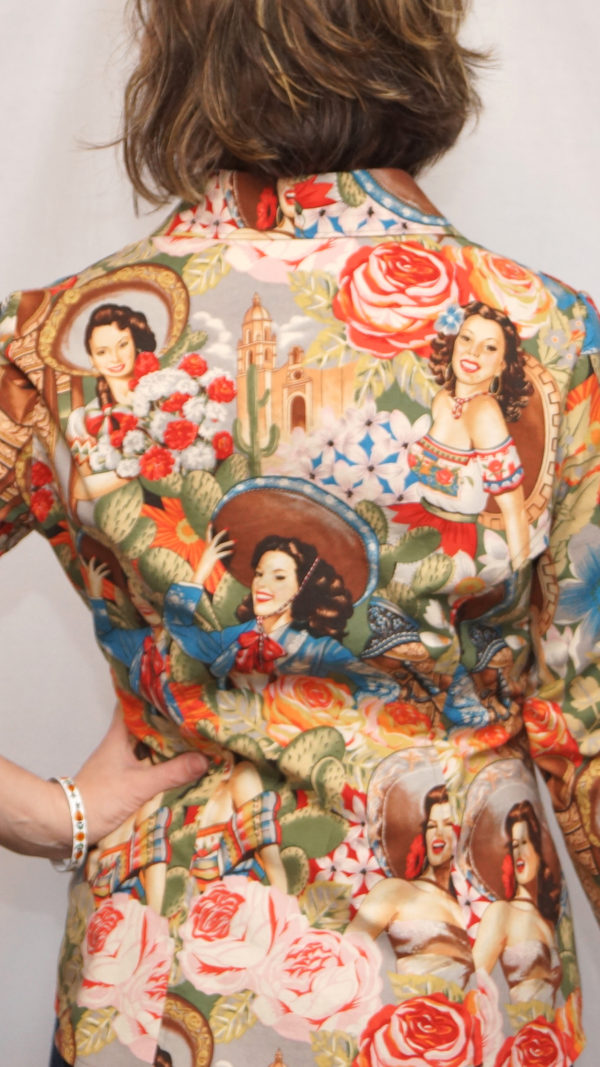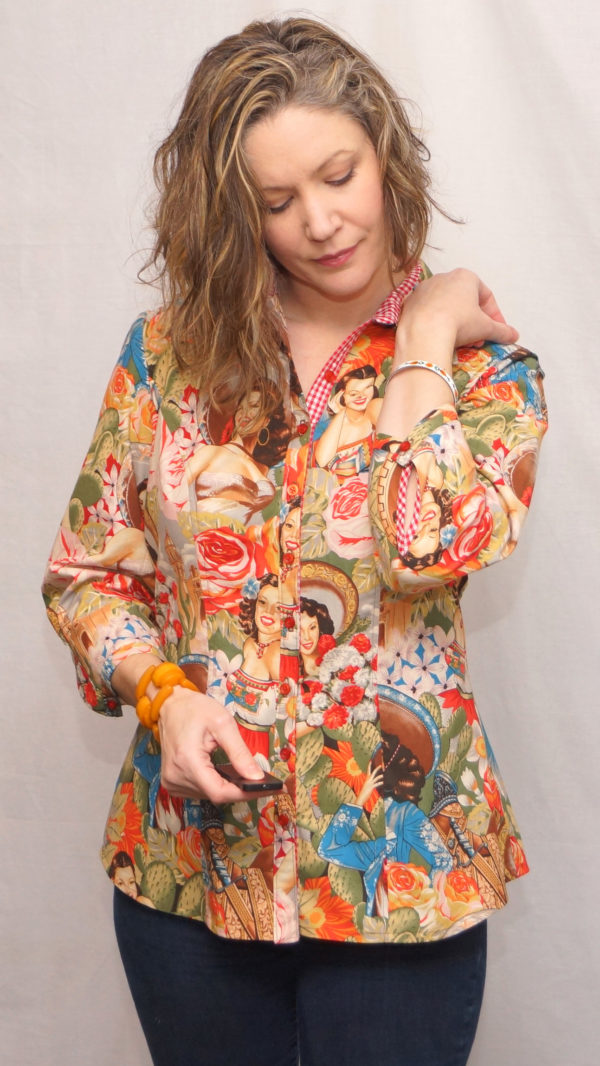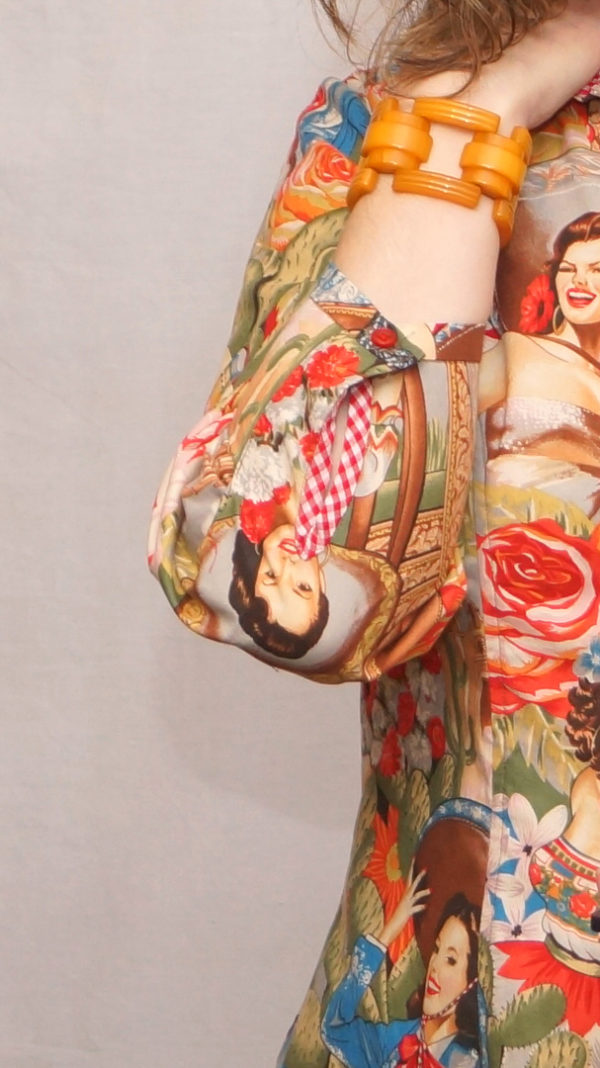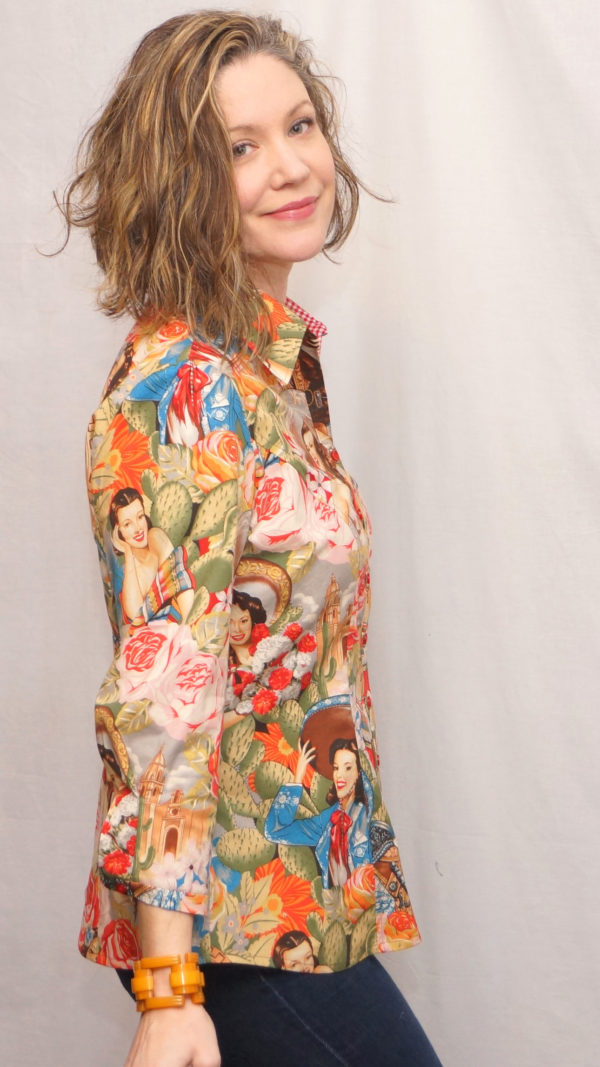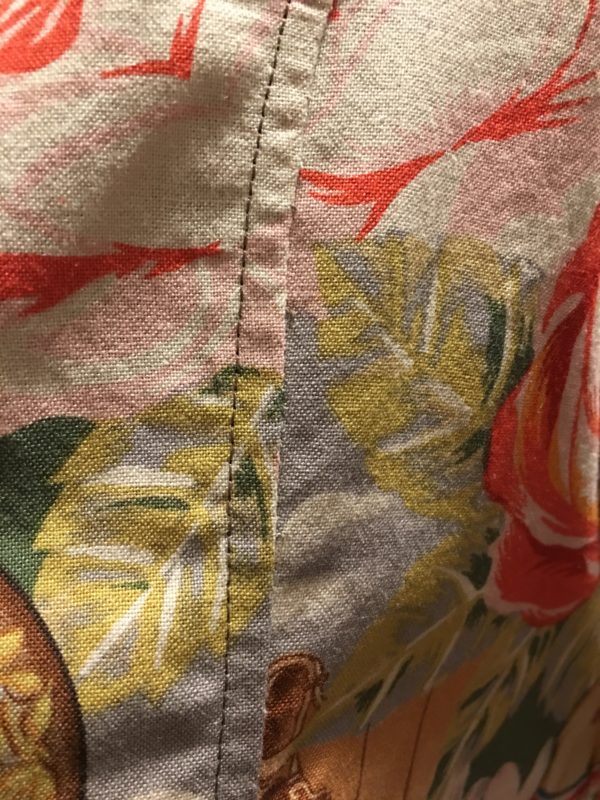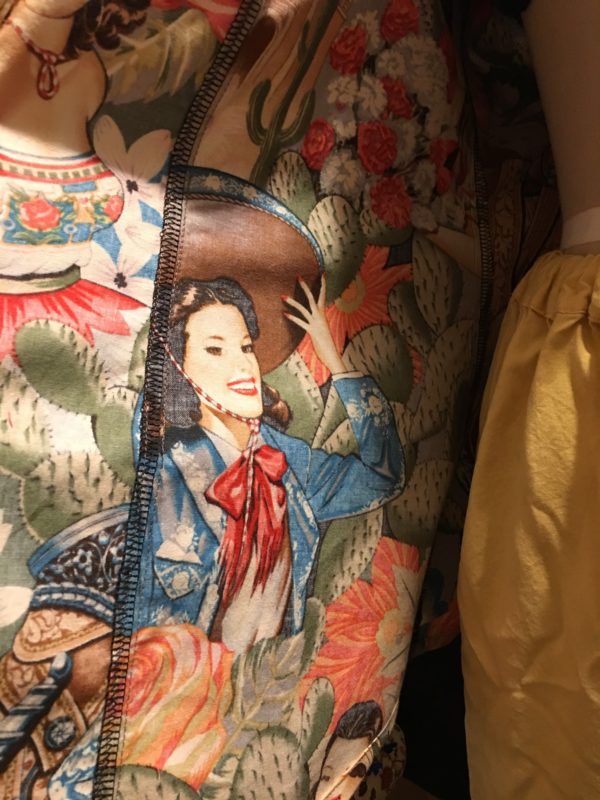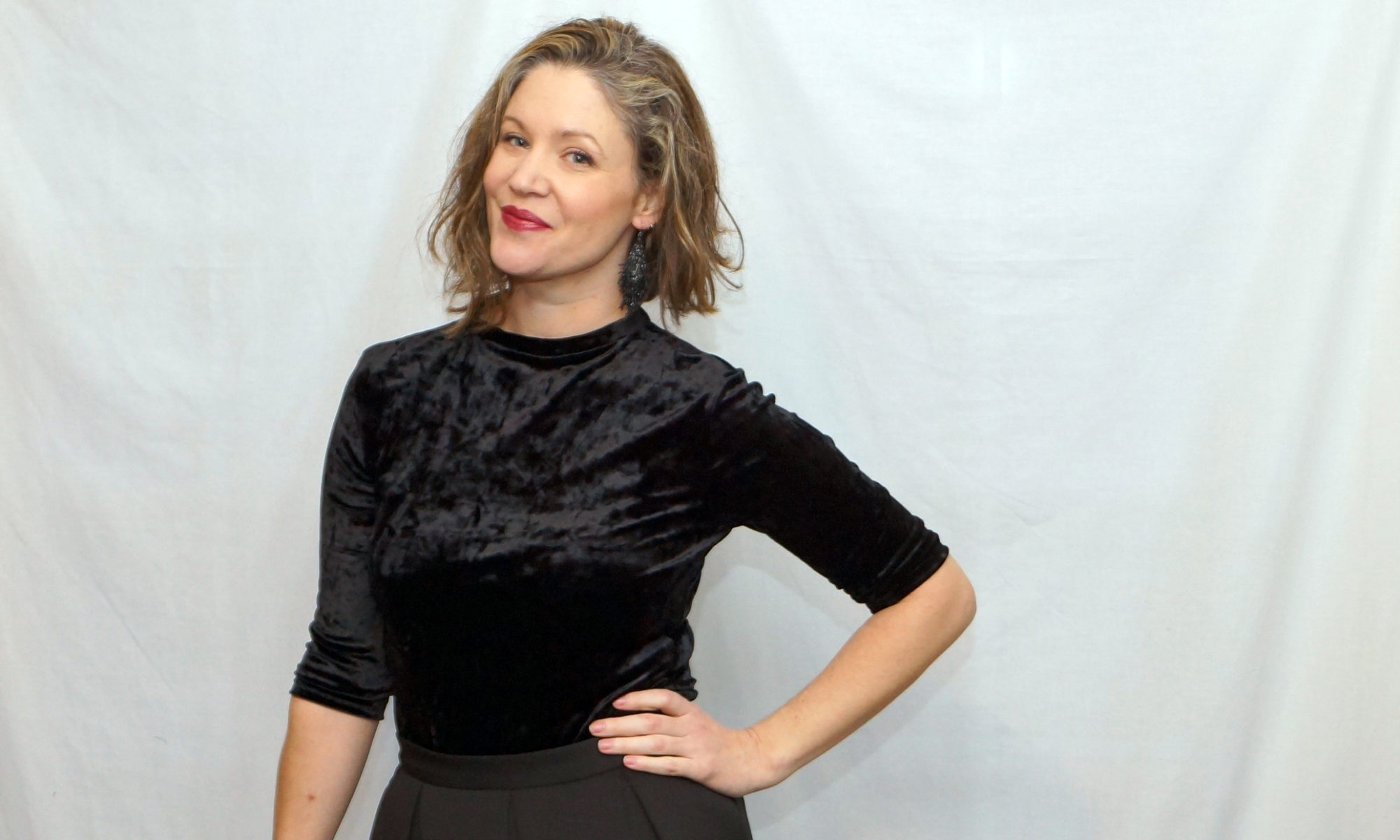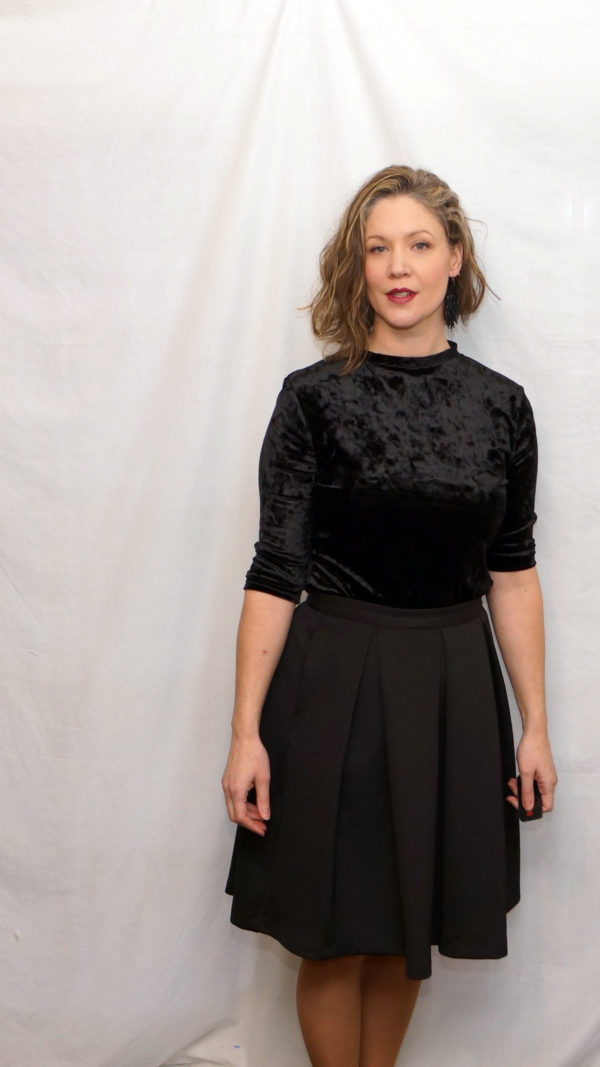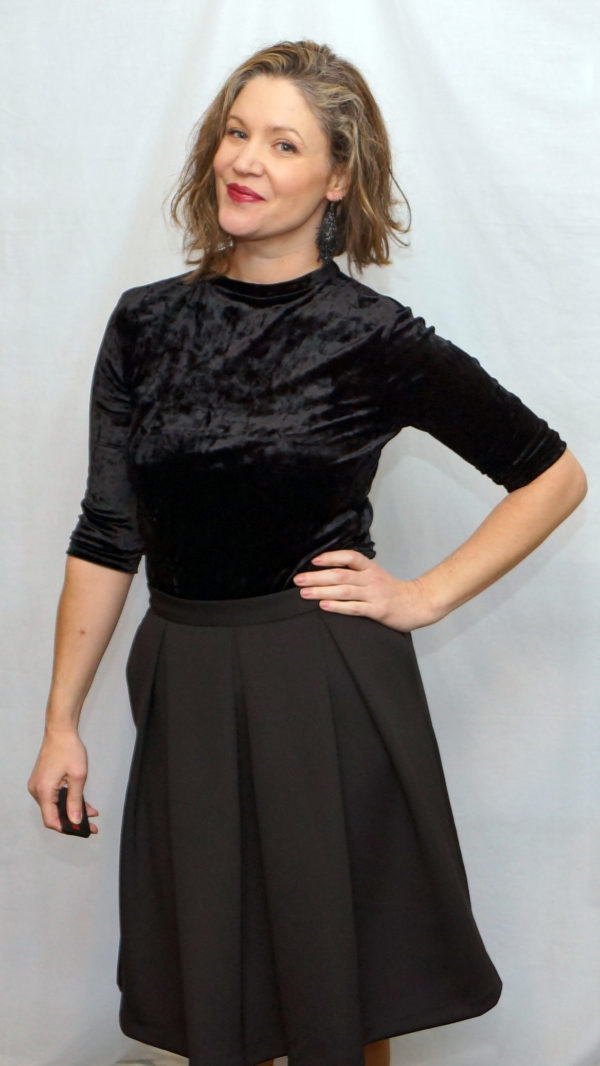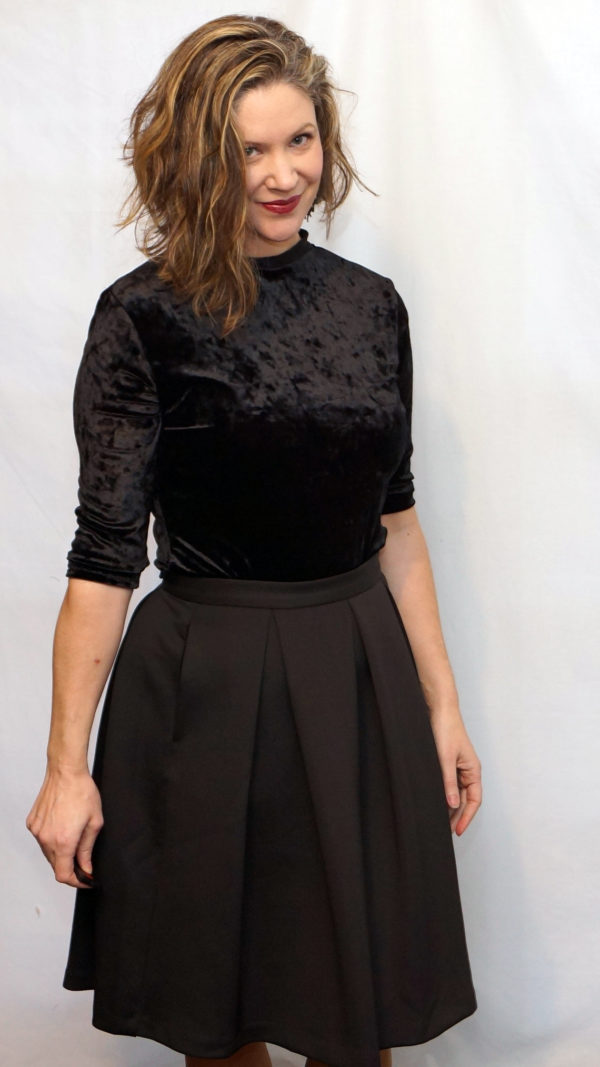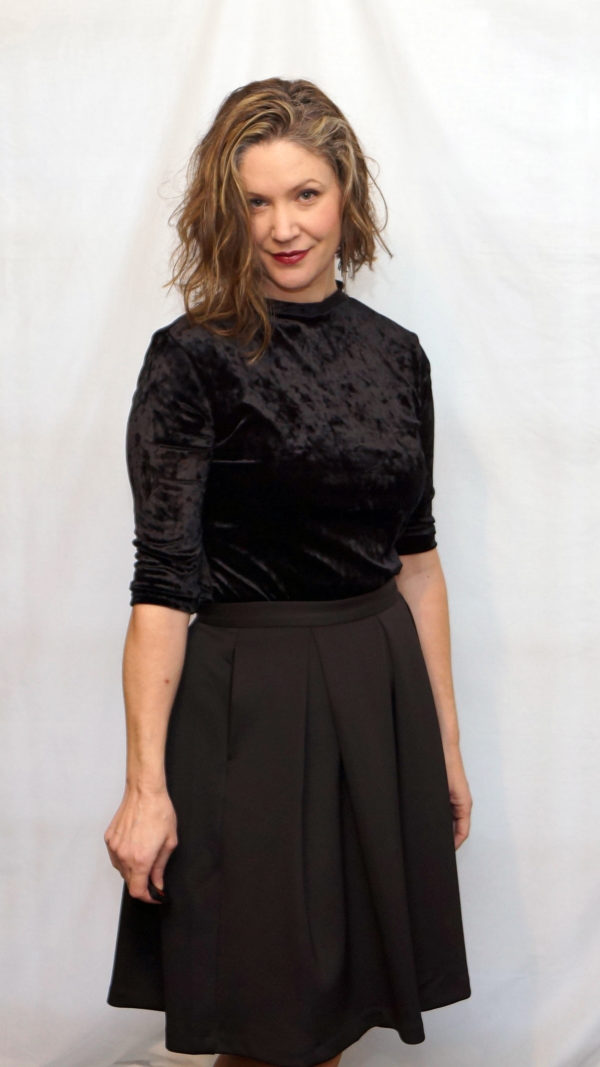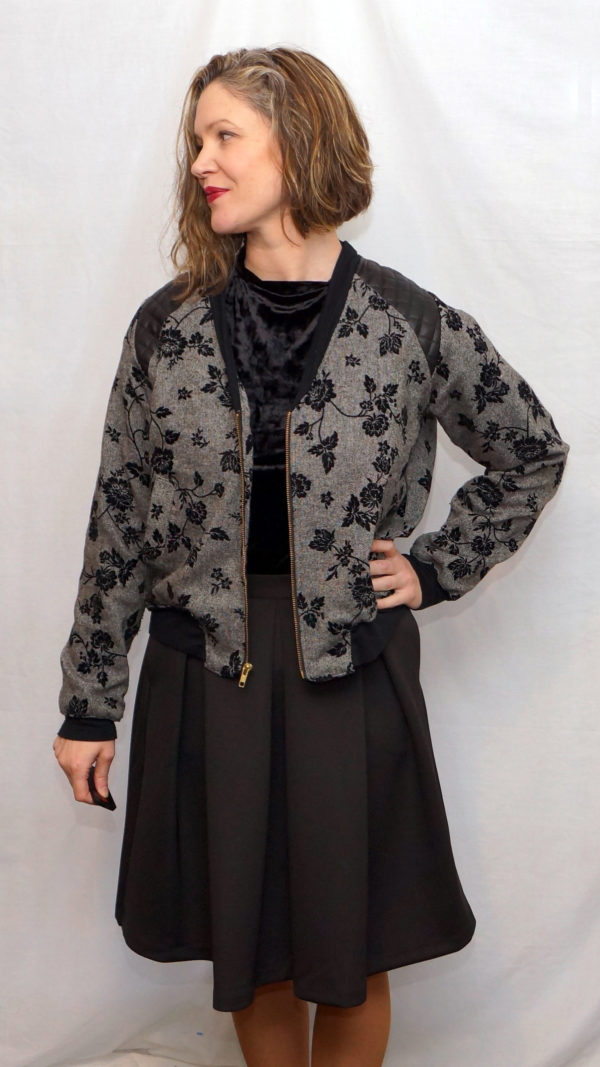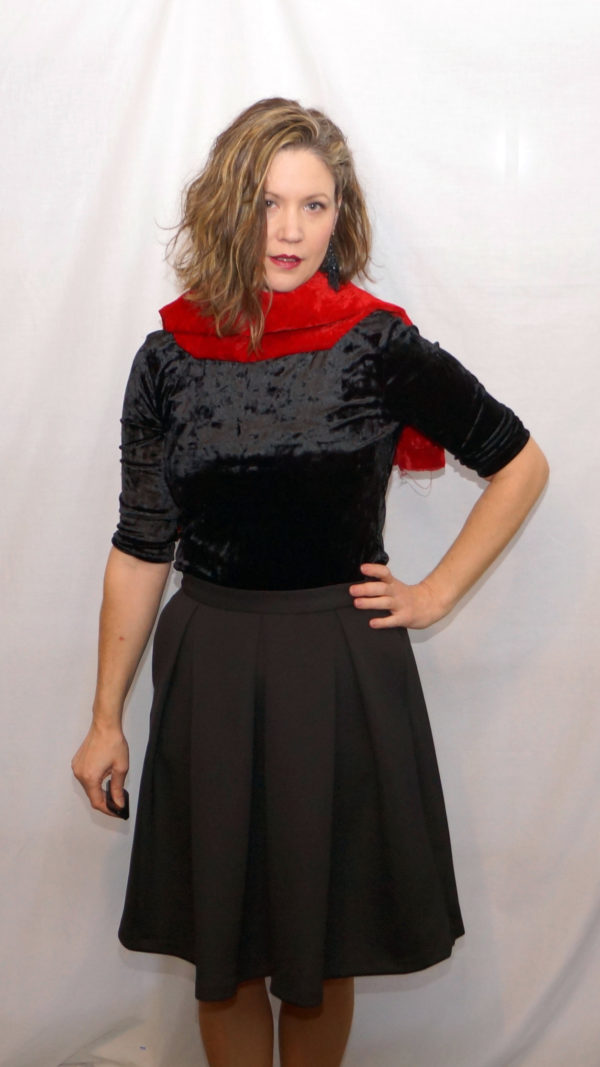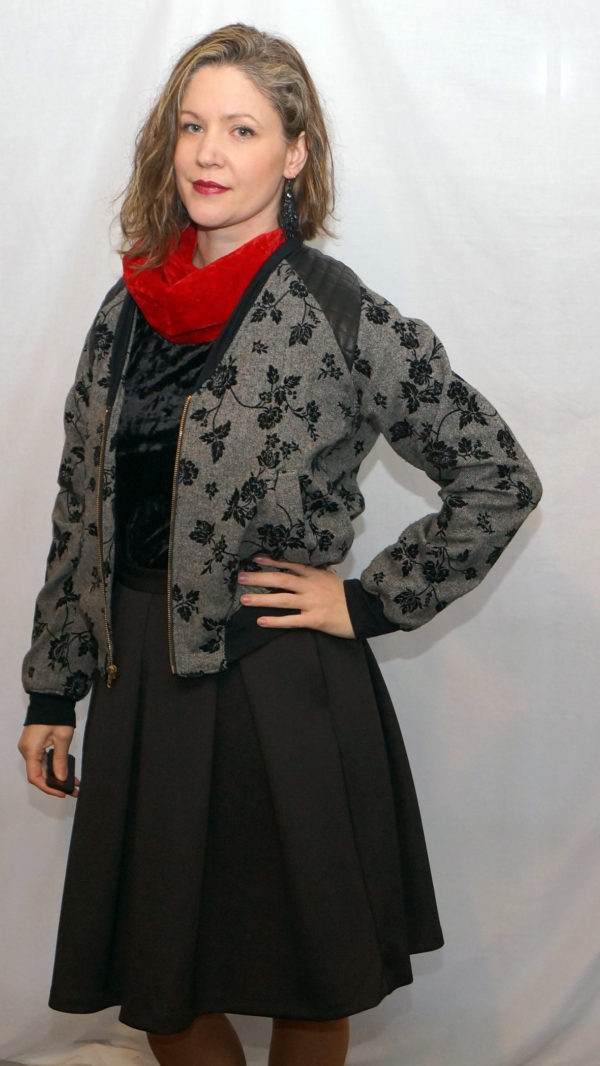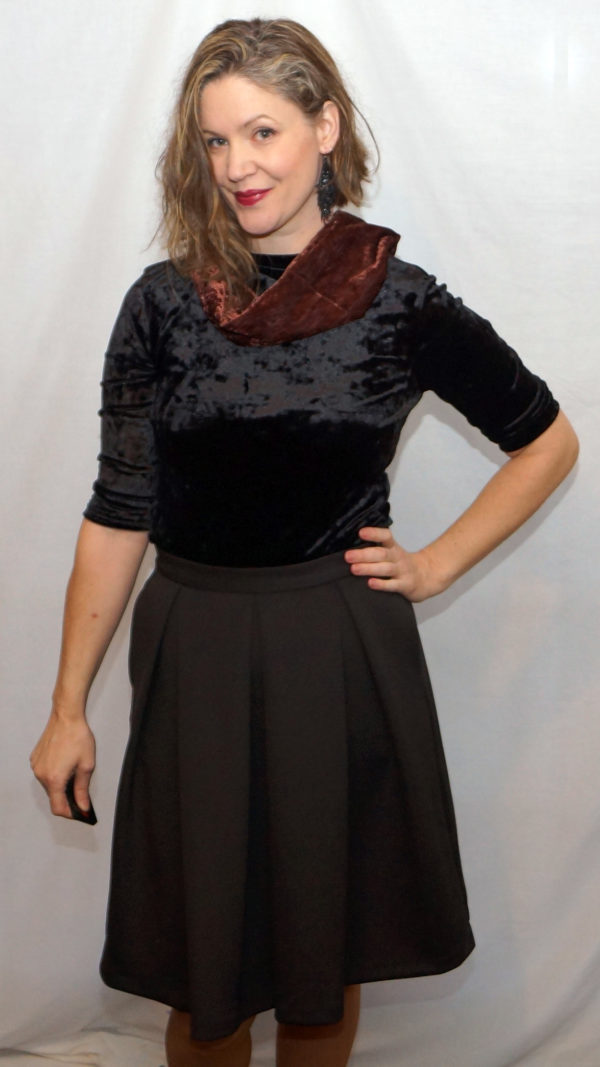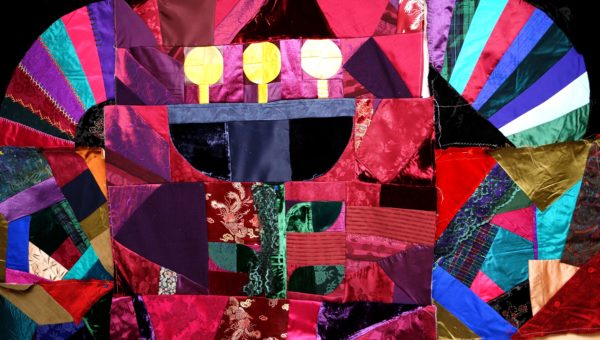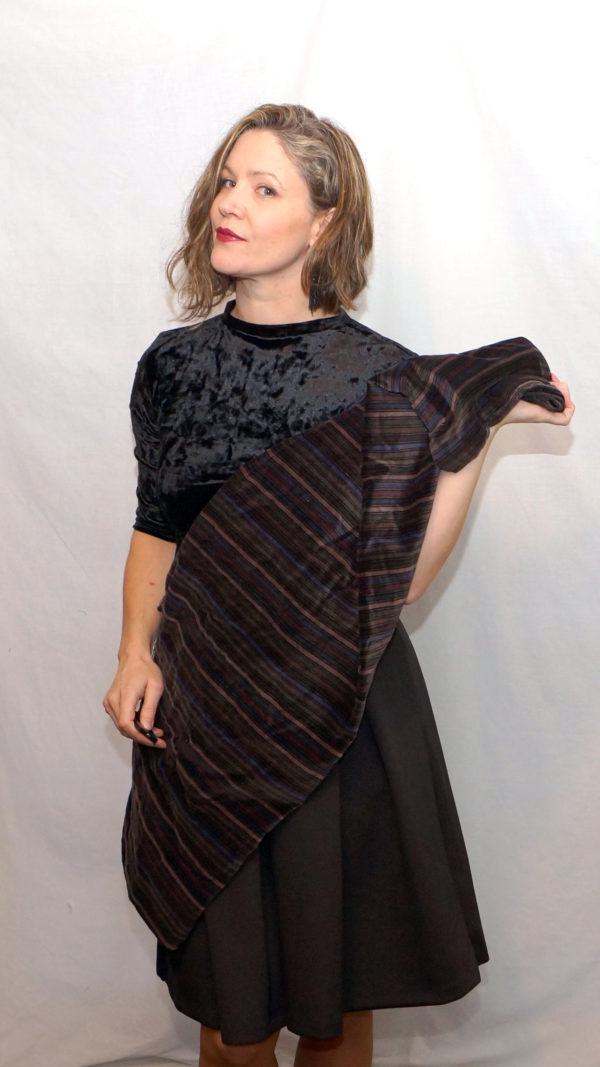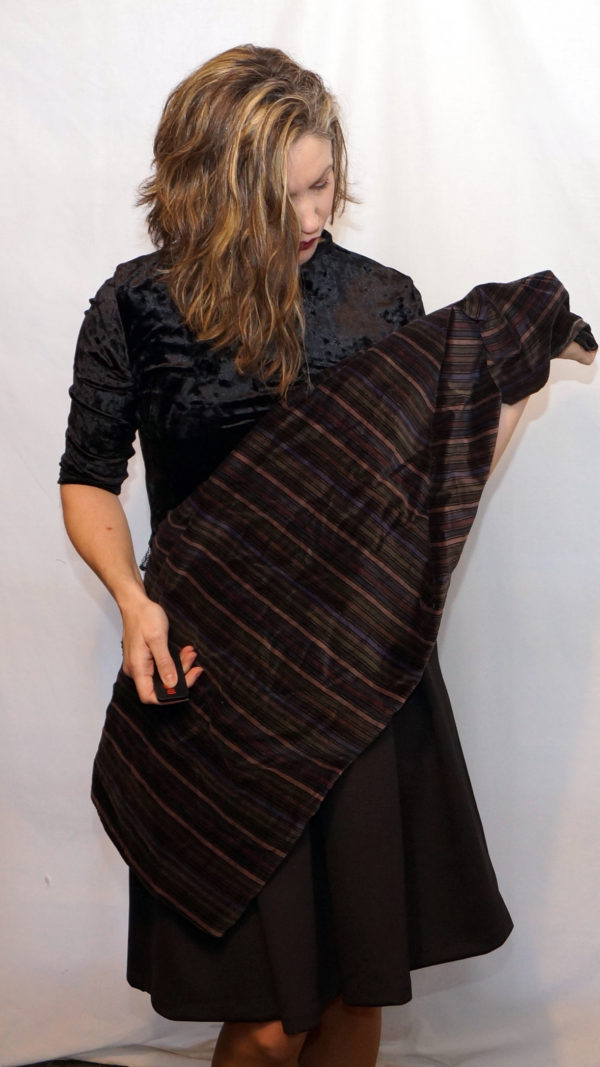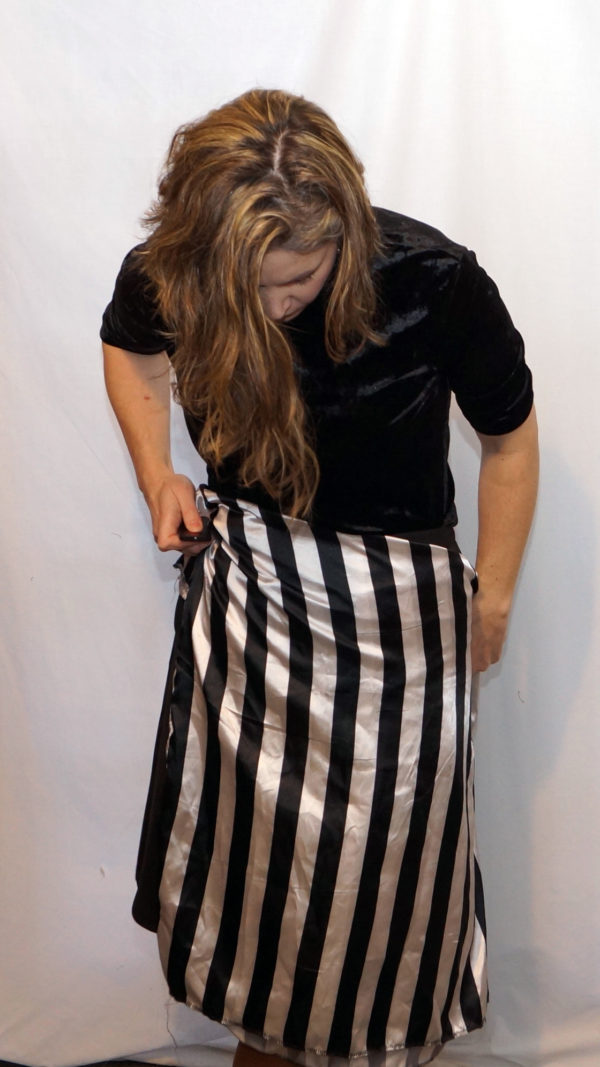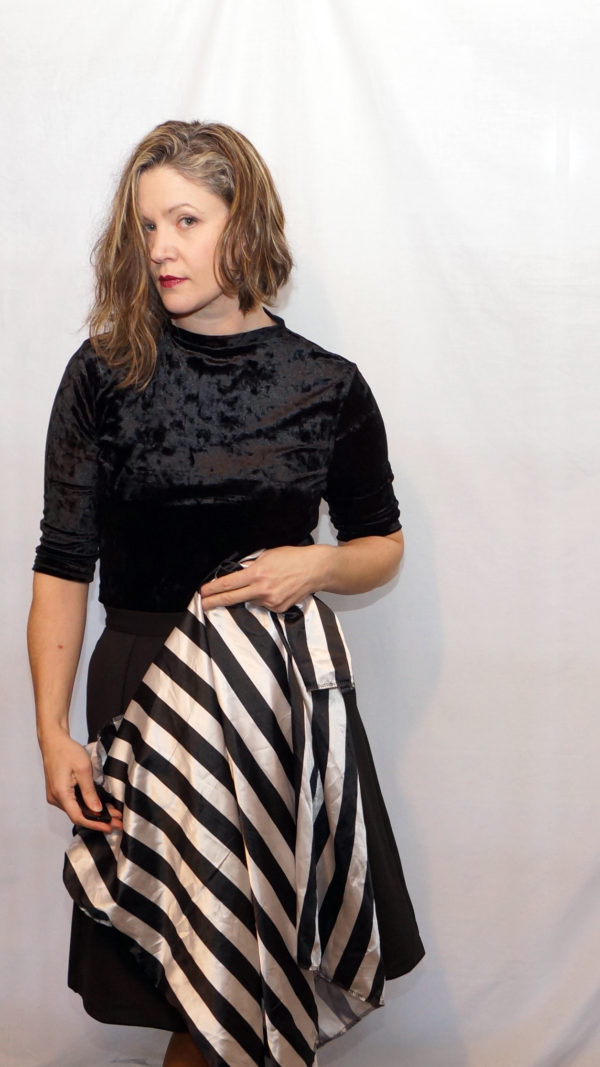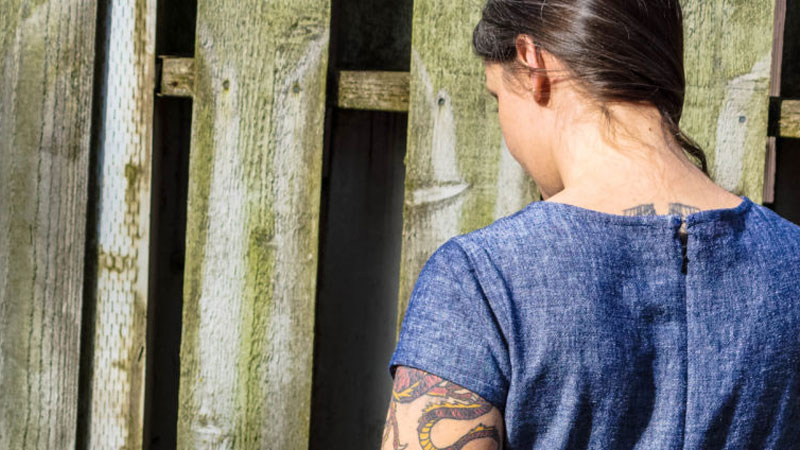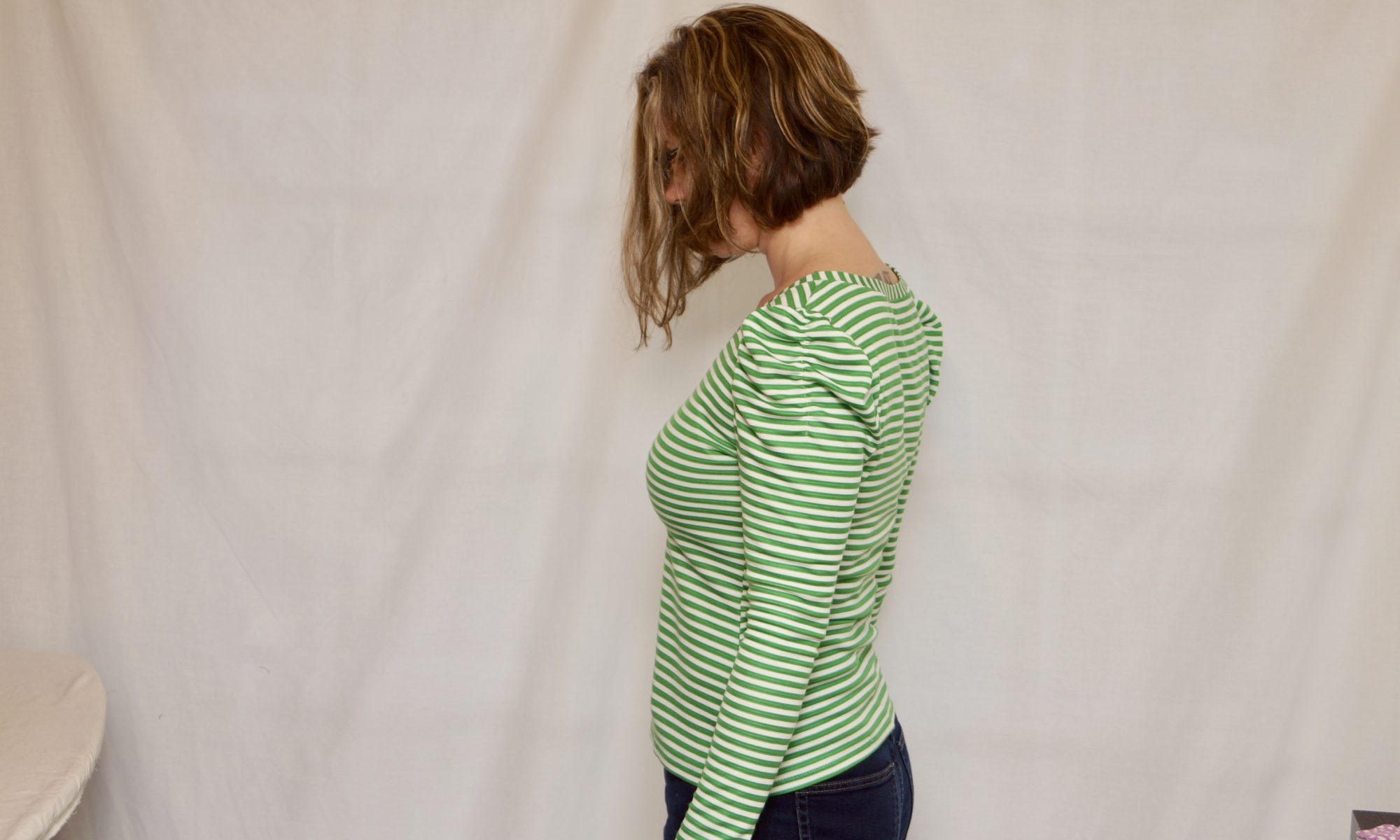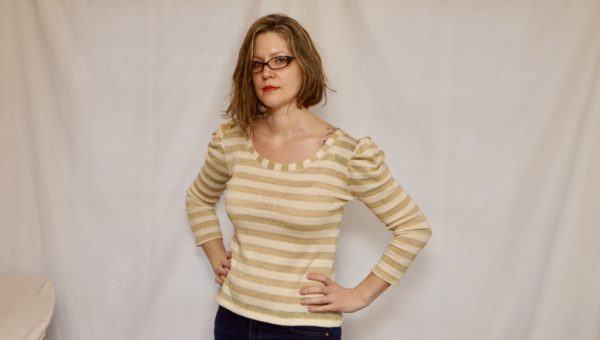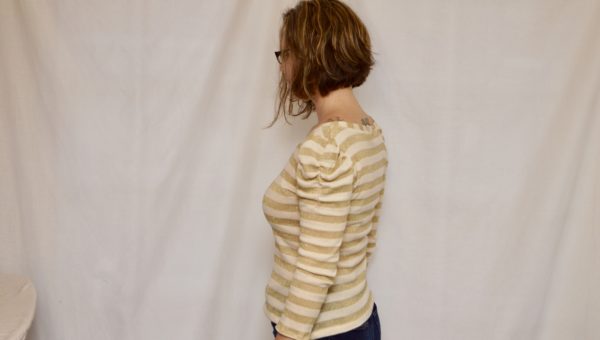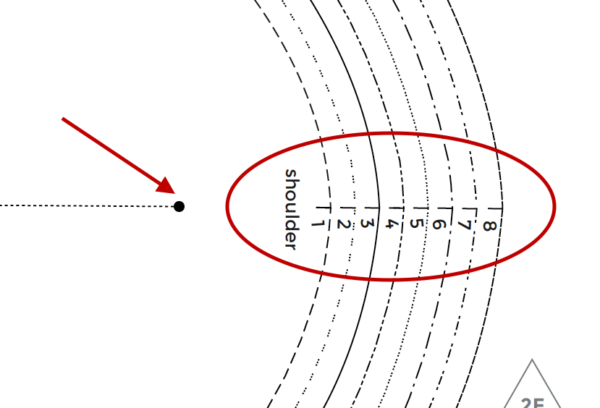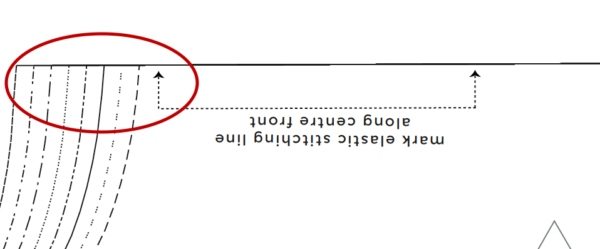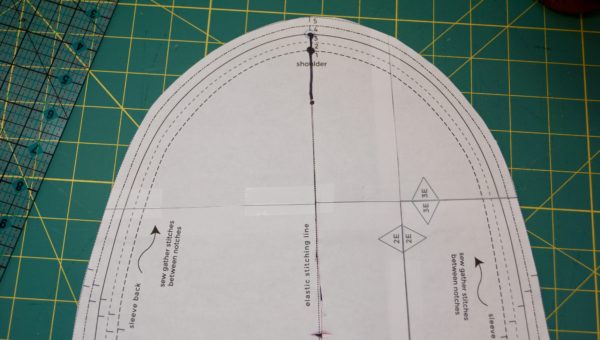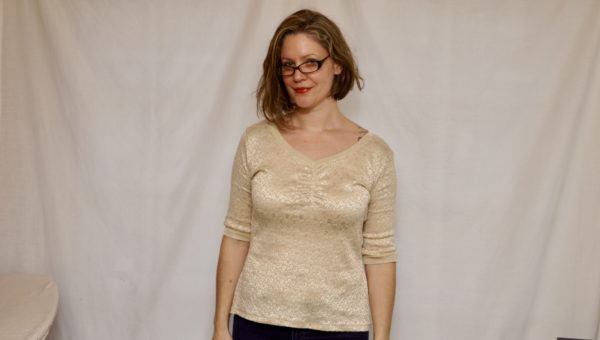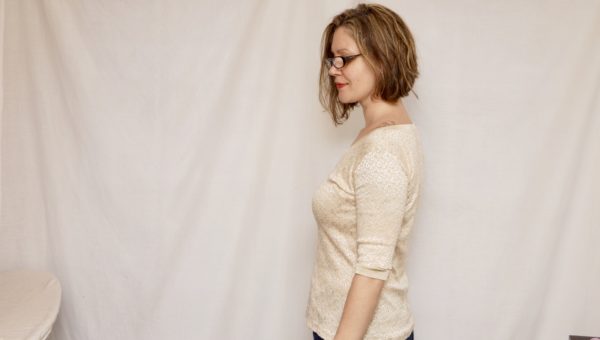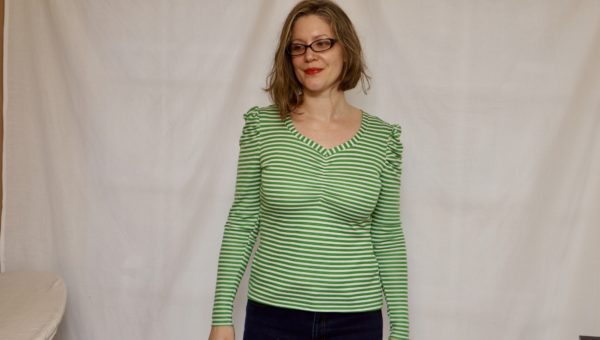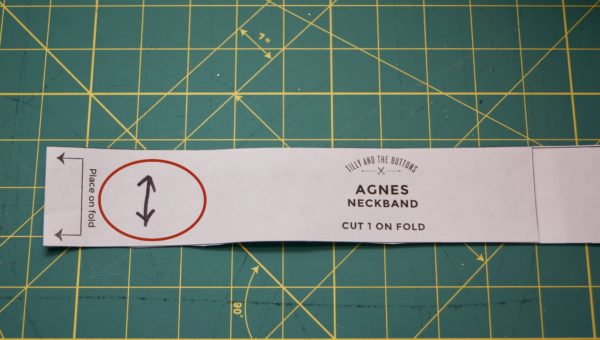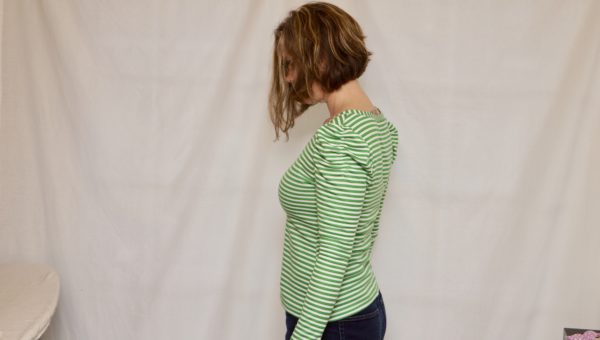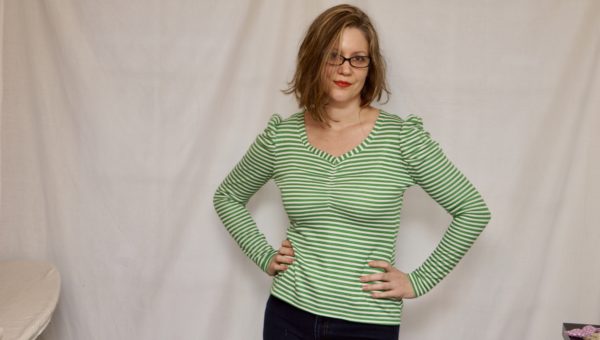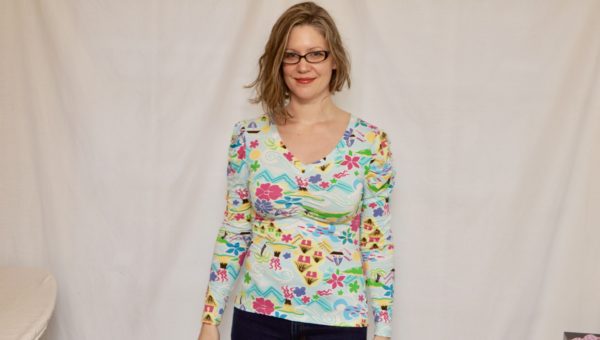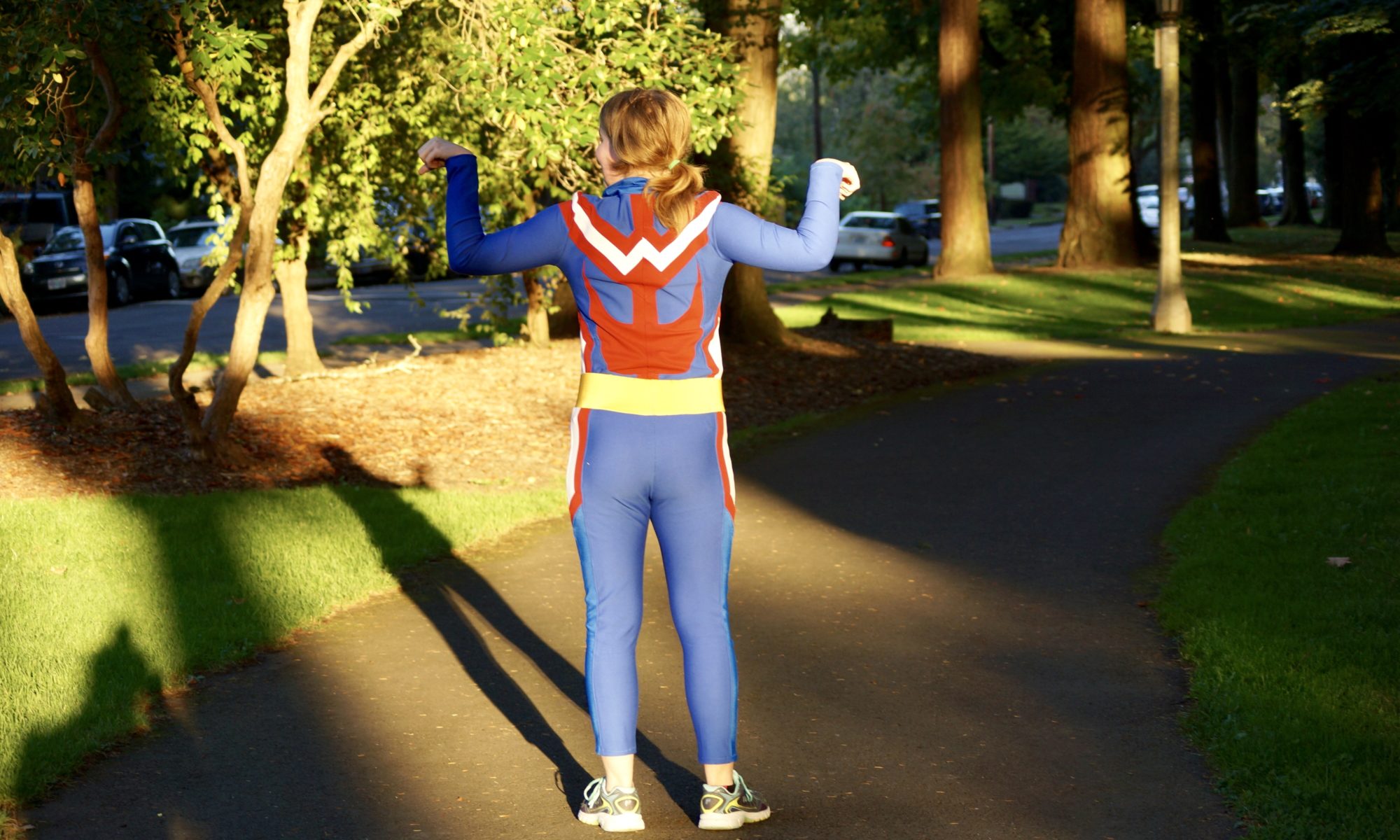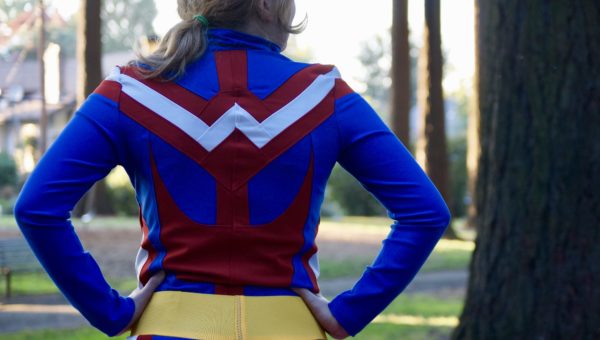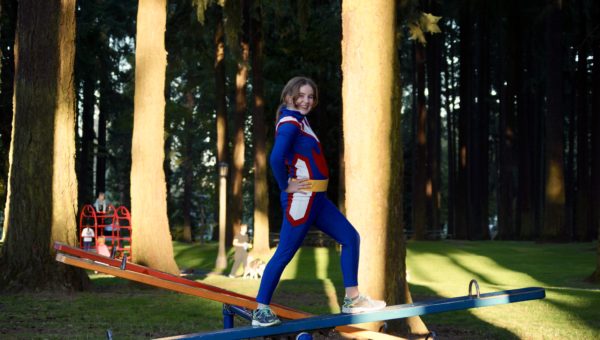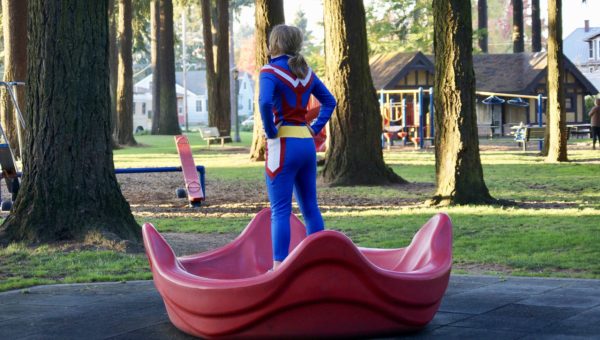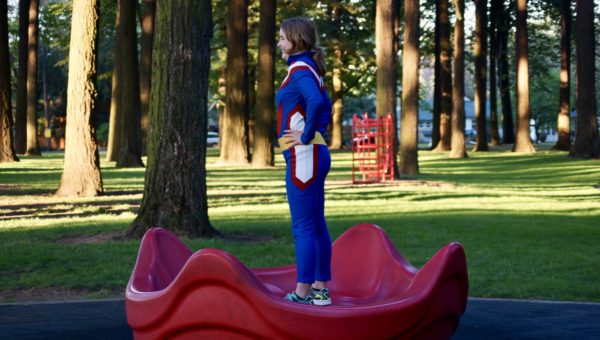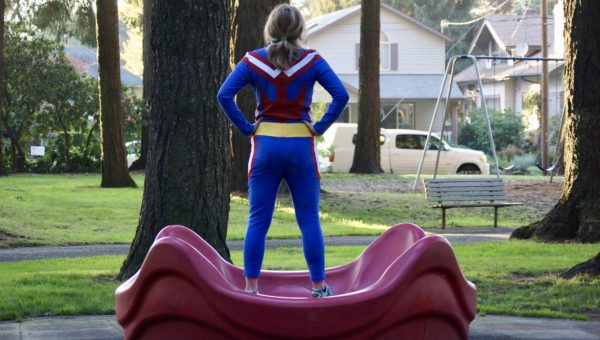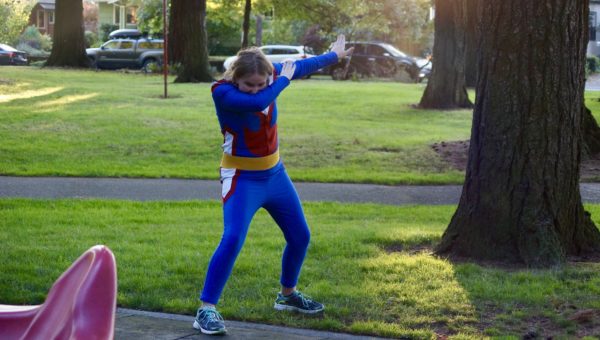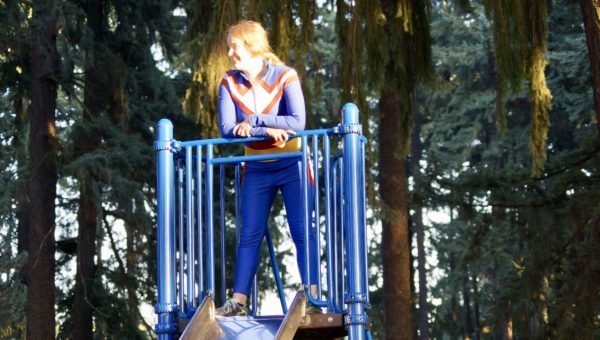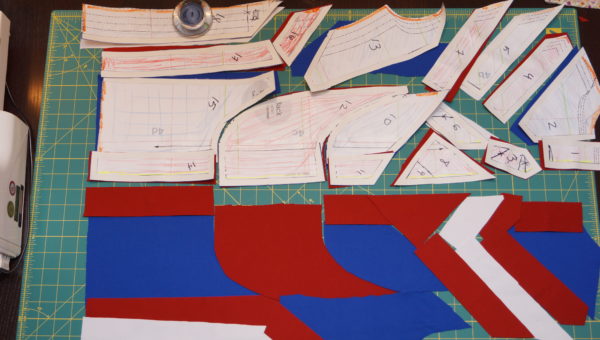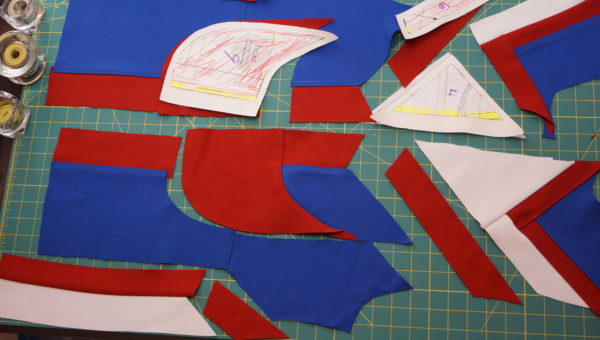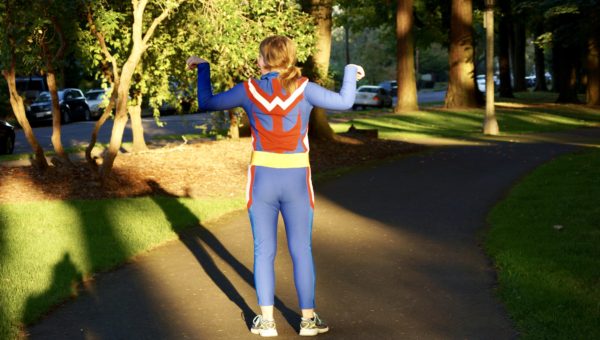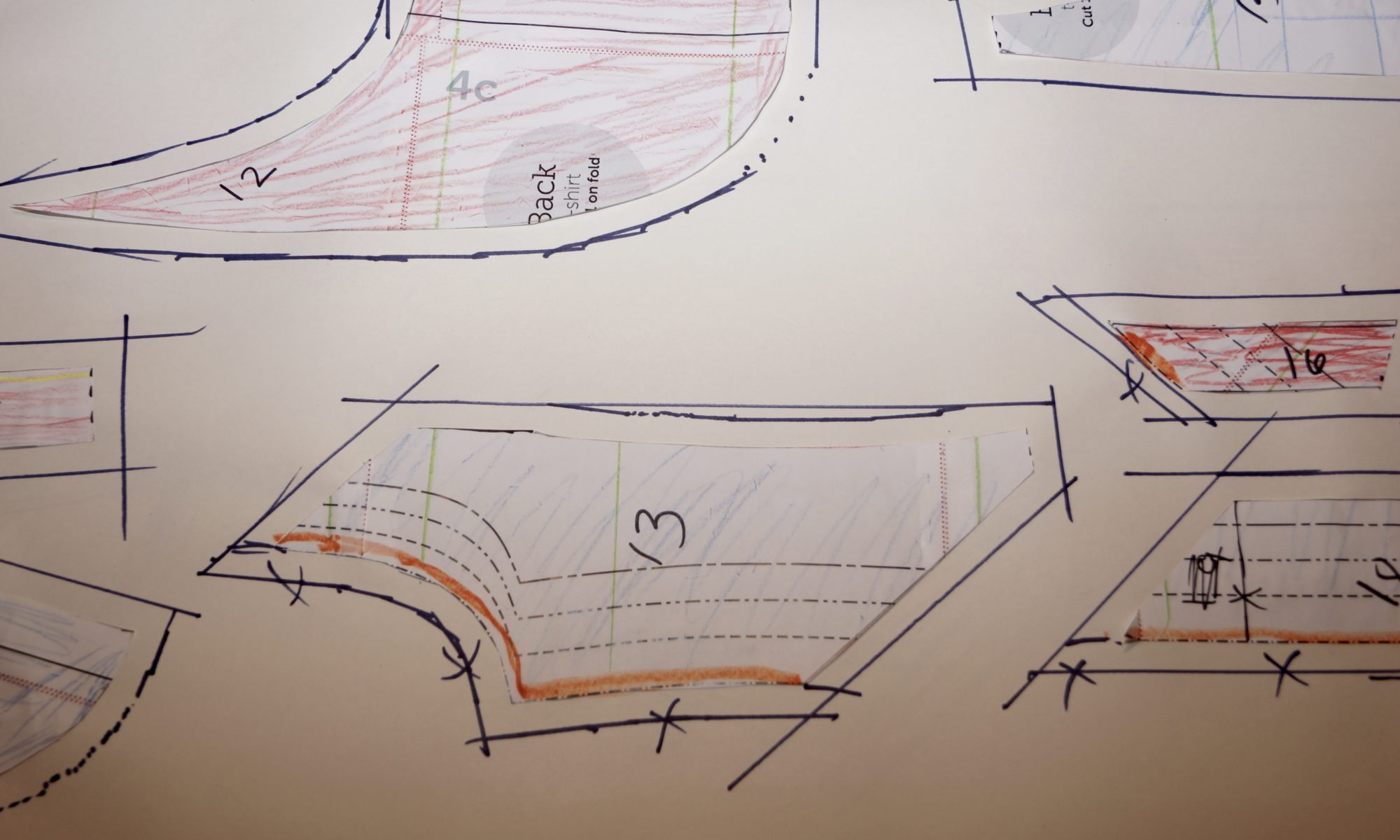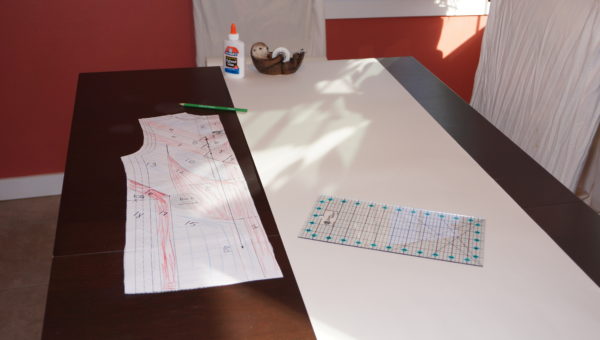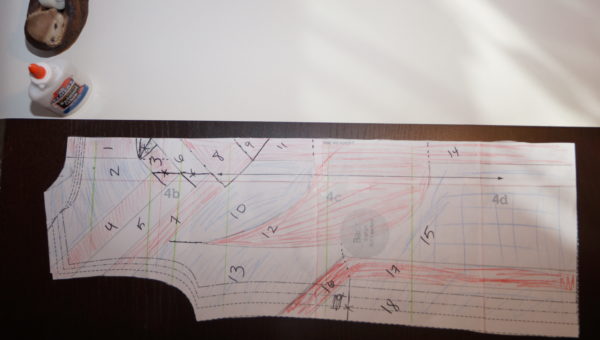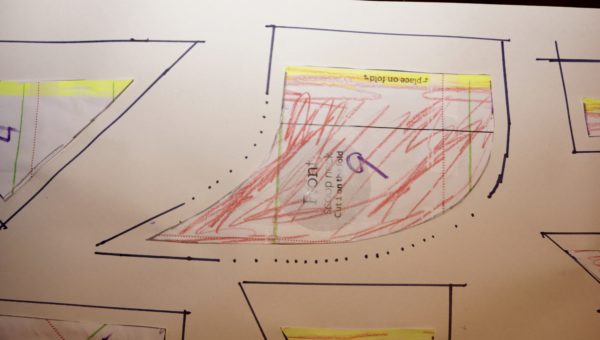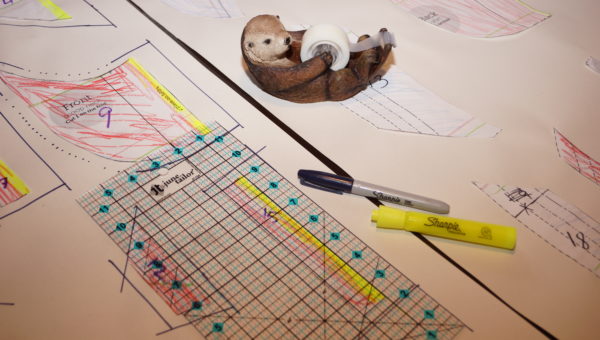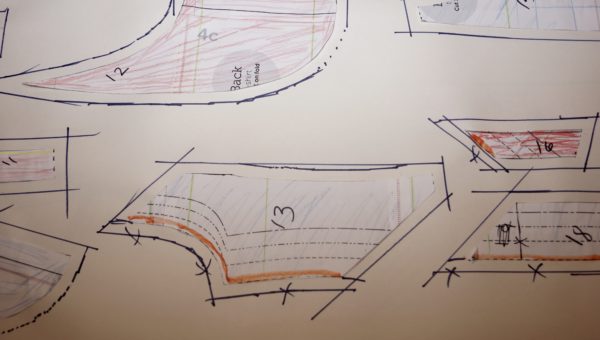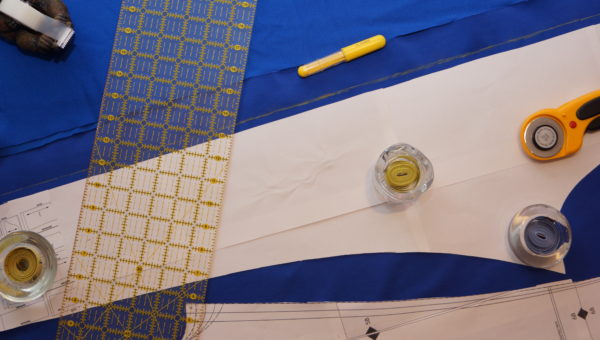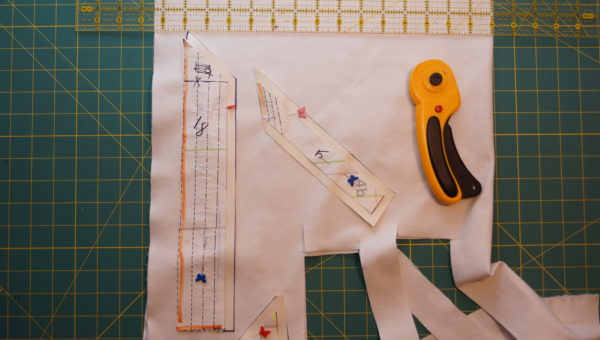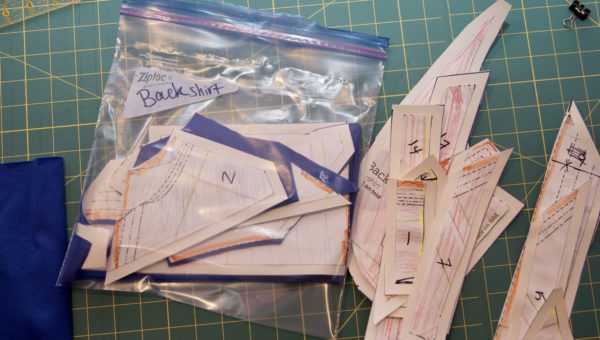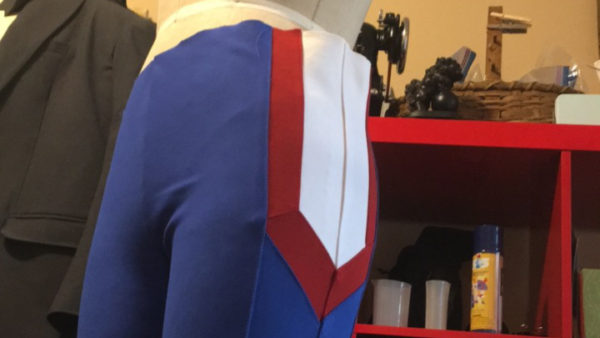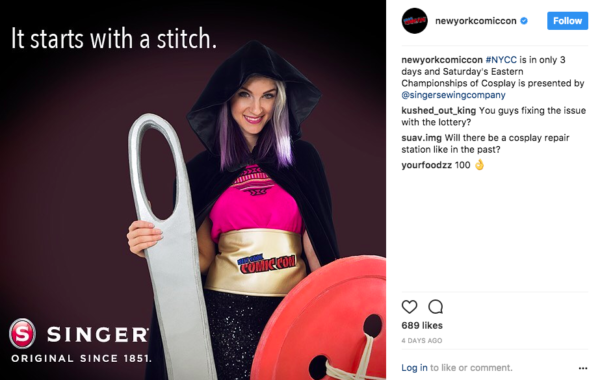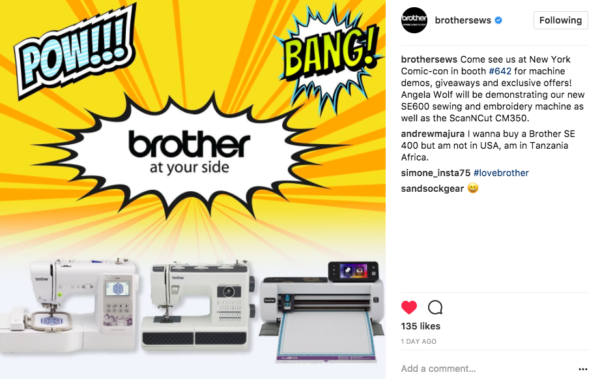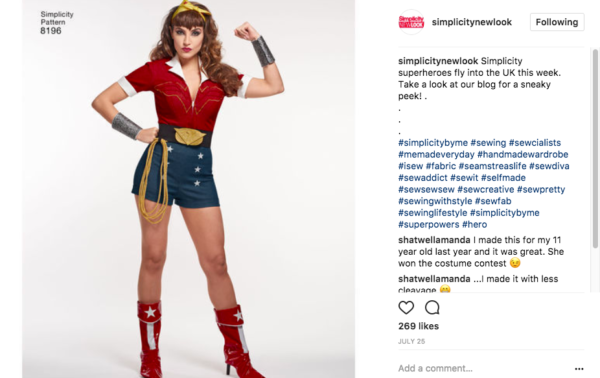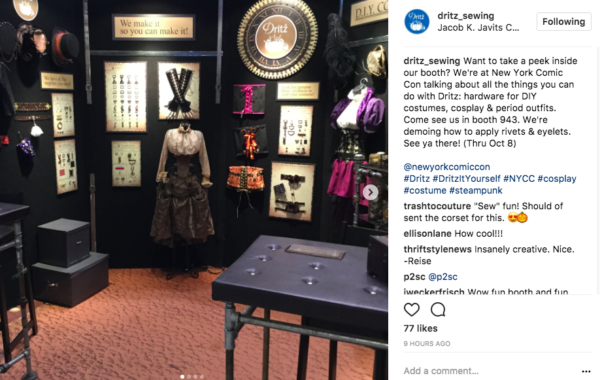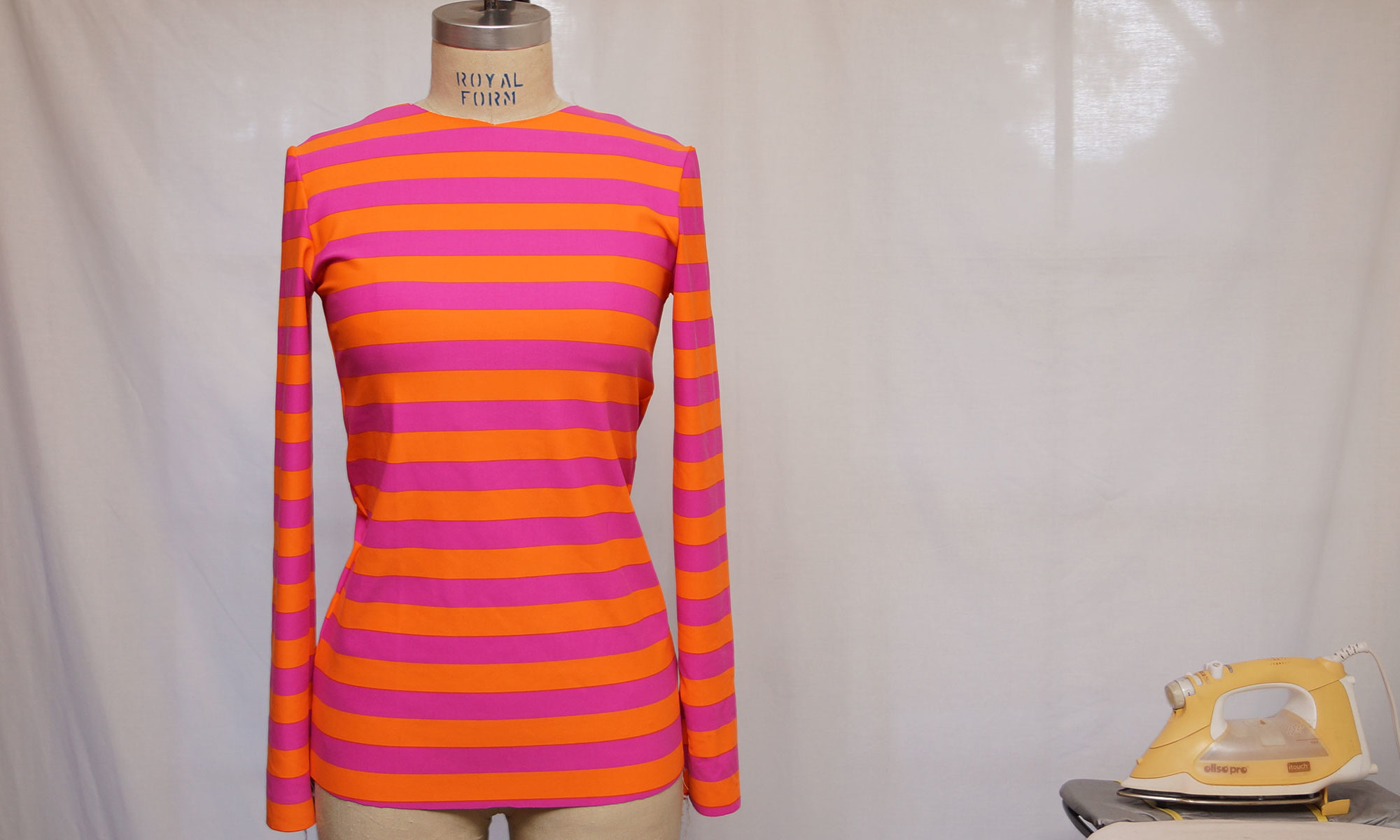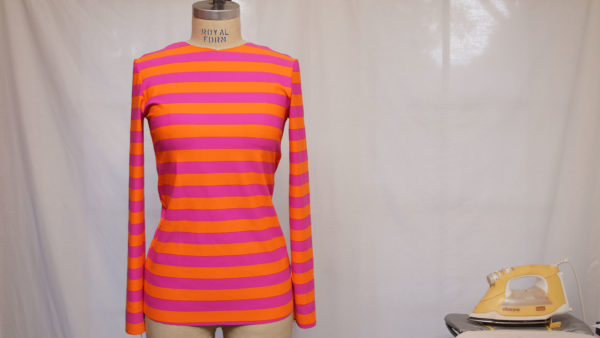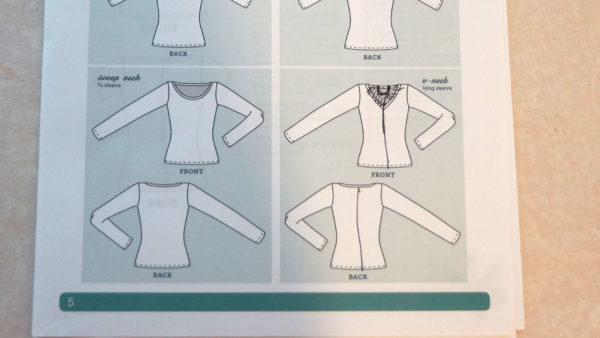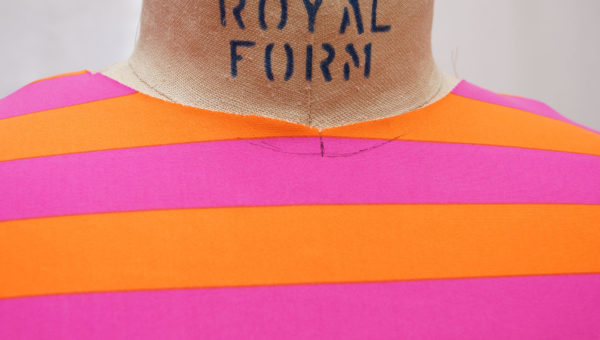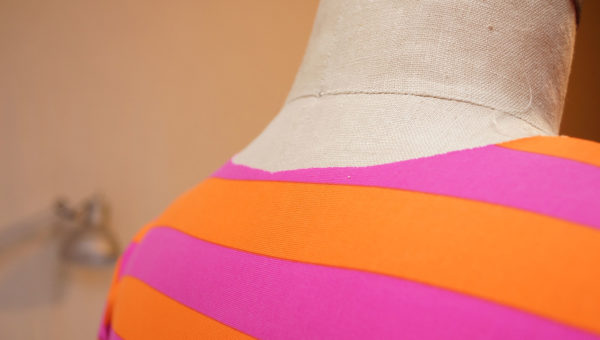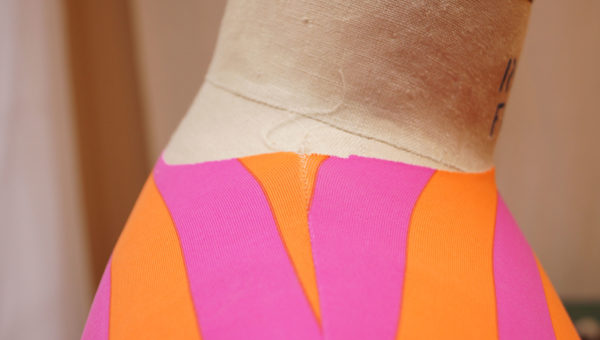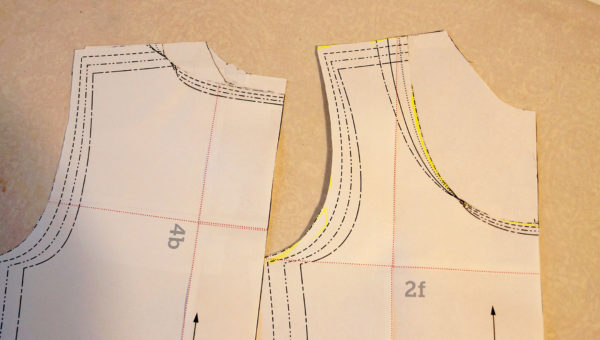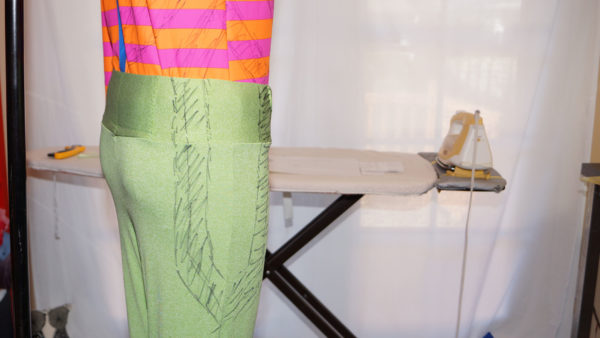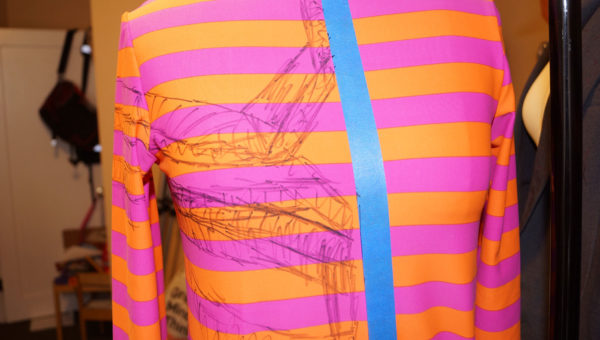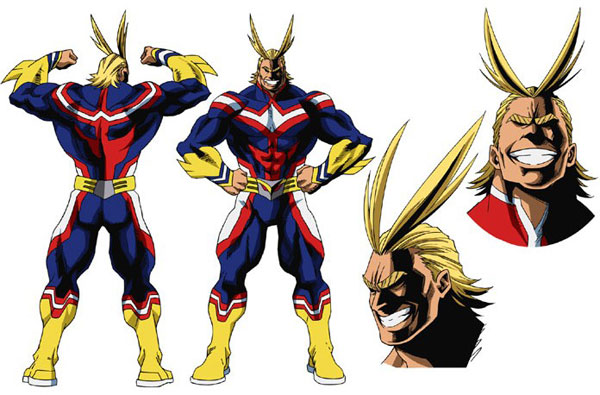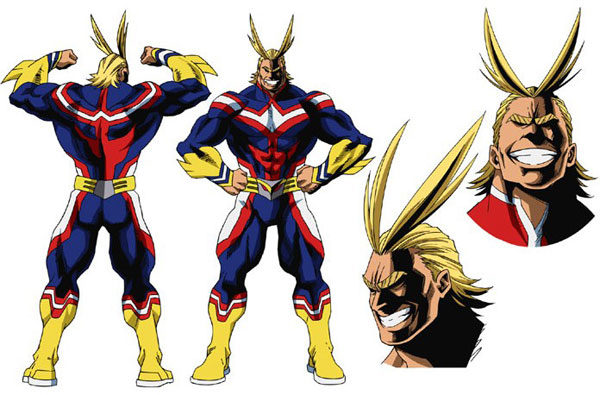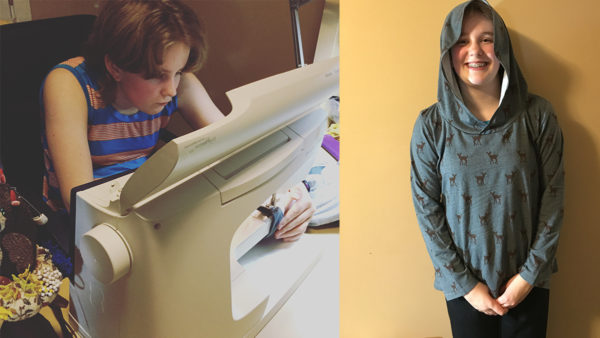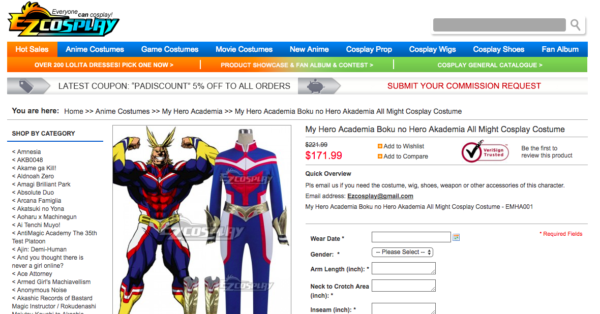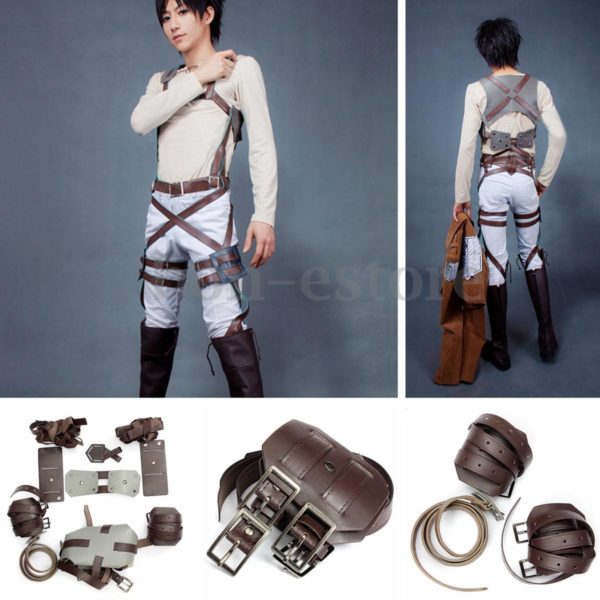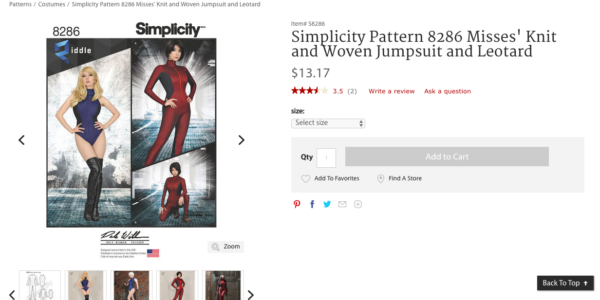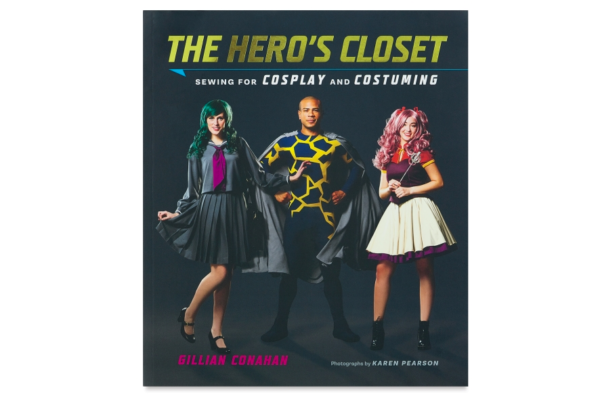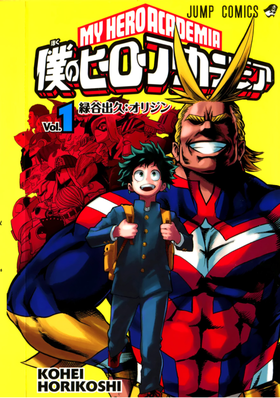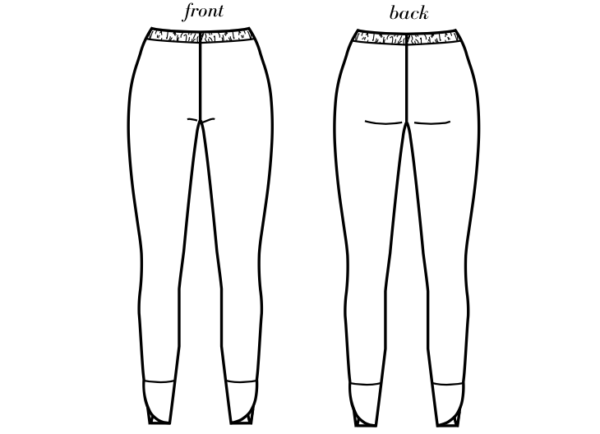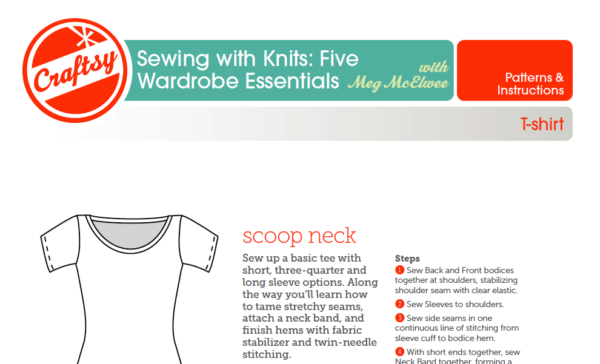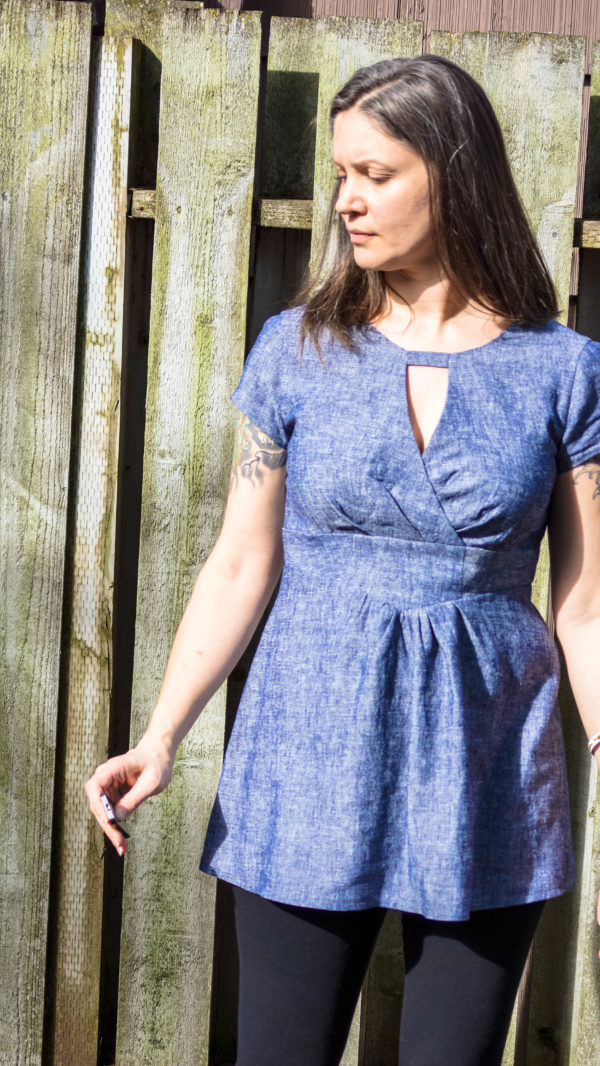
I was doing my blog roll reading last night as I do before bed, and I was inspired by Gillian’s Top 5 Misses of 2017. It’s a good idea to go over the last year to see what worked, what didn’t, and try to improve for the coming year.
My top, #1 miss of 2017 is the Lisette B6168. You guys. I don’t know if it’s the fit/flare I don’t like….the preggo look…or just that I’m rarely a “dress” kinda gal, but I never, NEVER wear this dress. I don’t like the chest, I’ve already been pregnant for reals FOUR TIMES (don’t worry, I’m fixed now), the sleeves are not me….the whole thing is a bust. No pun intended. It is made from yummy Robert Kaufman yarn dyed linen-cotton, so I’m going to cannibalize the fabric, but it’s just a dust collector for now. As an hourglass figure, I’d think I’d like fit/flare, so maybe that’s not it? I really don’t like the neck-strap thing, I really don’t like the faux wrap part, I don’t like the hip-accentuation, I don’t like the cap sleeves making my mom-arms look like BINGO arms – it’s just not for me.
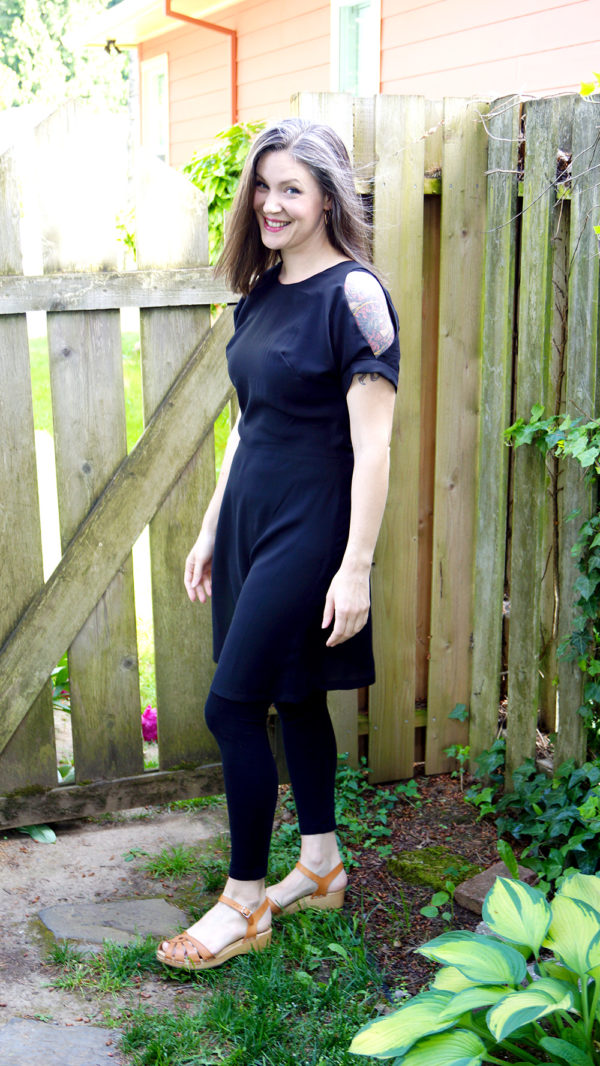
#2 is another dress… again, fit/flare, and some peakaboo action going on that just makes me feel like I’m screaming “I NEED ATTENTION.” It was a pattern test, and while it’s a pretty good pattern, I didn’t drop the bust darts… The pattern designer, after we discussed my size-based muslin, suggested I grade between sizes on a cup-based dress, and while that usually works for me, in fact I call it my Lazy FBA ™, it still assumes I am as short as the base block…and I’m not. So, lesson for me is when using a cup-based pattern, be aware of height distribution and the pattern maker’s base height. The fabric was a gift, the pattern was free, so I’m not calling a total loss, and I still have delusions I’ll pull it out of the closet for layering or something, but honestly, I have not.
This is a good time to point out that Chuleenan of CSews has been keeping a chart of pattern makers and their base height usage. Spoiler: most are 5’6″ – as was this dress.
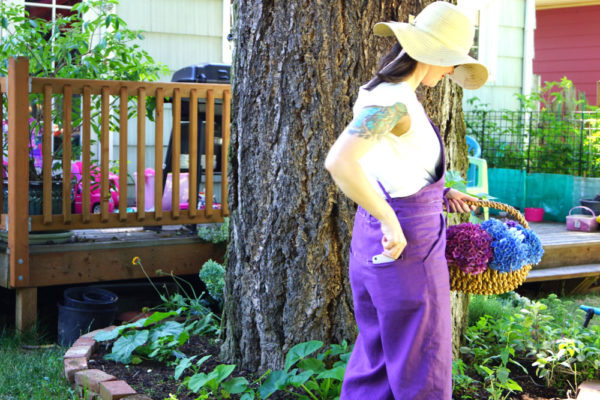
#3 – I love, love, LOVE these Burnside Bibs overalls by Sew House 7. I wear them all the time in warmer weather. My fail wasn’t the pattern. My fail, and I knew this was a possibility going in, was the color of the linen. This was a tutorial post for Britex, so being I thought I would probably over-dye them when they were done, I went ahead and used a white cotton thread, which worked out great for the tutorial, AND would take dye later if I felt too clownish in the bright purple. I didn’t wait more than a week to over-dye them with some black, and now they’re a nice, dark, drab purple and I love them.
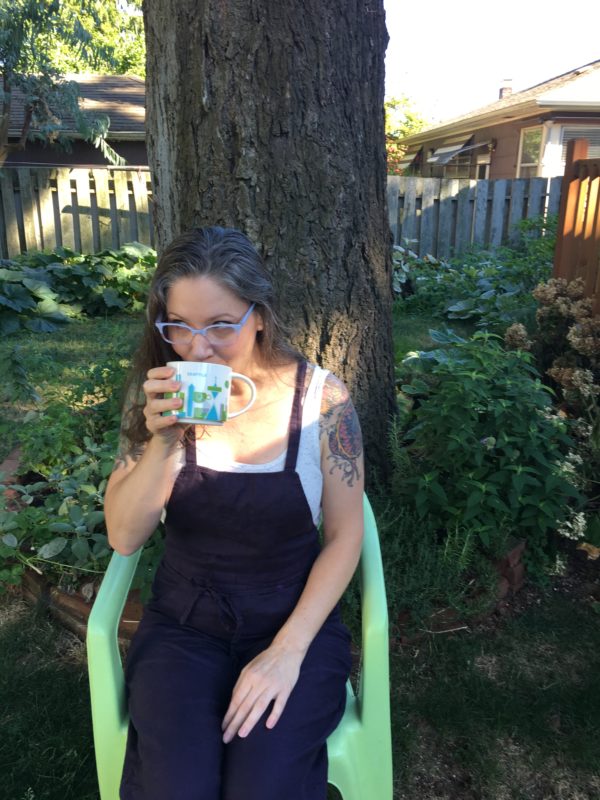
Really love them. Way more my color.
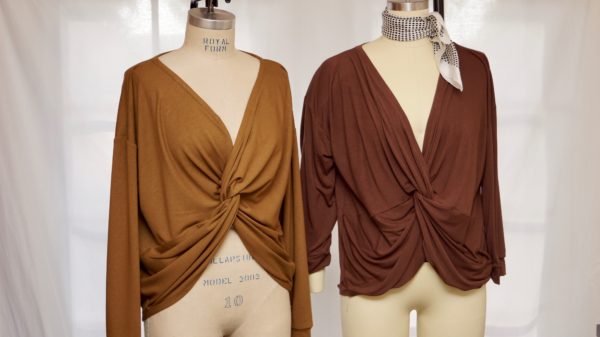
#4 is a fabric issue again. I wear the mustard Britex wool knit version on the left ALL THE TIME. I love it. I accidentally thew it in the dryer once, and it was still fine! Such a quality fabric, feels soft, but substantial, warm but not sweaty…it’s just a great piece. That Britex wool was made for the Aomori. I wear it over the April Rhodes Savannah – which BTW totally shaped up after a wash – the plain cotton voile I used as bias pulled in more after another wash/dry, and it fits like a dream. But I digress. The brown rayon knit on the right? No. It’s a frumptastic disaster. It’s a loss. Another right pattern/wrong fabric victim. Just to prove it to you that I’m not imagining it: in the photo above, the same size pattern was used, and the dress form on the right is a size 12, the one on the left is a size 10. Such a bad fabric.
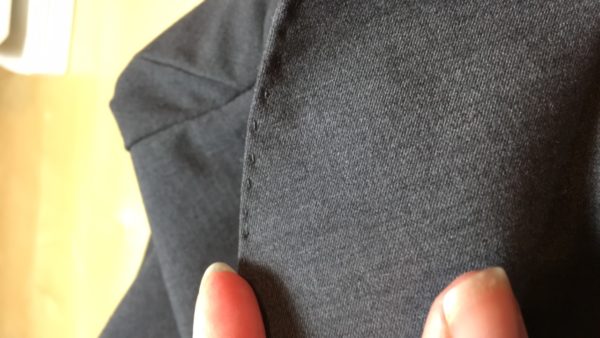
My final #5 was a tough call. While I’m disappointed in the quality of the Agnes pattern, I haven’t actually thrown it out. Yet. I’ve only worn the green-striped version since, my teen daughter wears the Hawaiian acid trip as loungewear, and the other two will probably collect dust. I have another one cut out, but it has been shoved to the end of a project basket and will likely never get made.
The winner of the #5 slot goes to yet another Big 4 pattern fail, and also happens to be a Vogue pattern. Again.
Menswear patterns are few and far between, and more formal menswear? Well, it’s pretty much only Big 4 that really puts out anything. So when the husband-unit requested a suit jacket, I got a few Vogue patterns thinking, how bad could it be? He wanted a peaked lapel, so I figured I could make Vogue V4988 work.
So. Much. Bad. I’ve already thrown it out and I’m not even done with the coat. I mean, I altered the suit to fit his boxer-shoulders, made lining patterns, absorbed Craftsy classes on tailoring, INTERVIEWED AN ACTUAL SAVILE ROW TAILOR, and still hate it so much I threw the pattern out before I have even finished.
Needless to say, I’m putting myself on a Big 4 moratorium. The exception will be an already-owned Butterick B5526. In fact, I’ve finally added an inch in length to the Butterick pattern across all pieces, graded the waist in a full size across all pieces (more of my Lazy FBA ™), have one 60% done (below) and two more cut out in the project basket (the project basket is new, and I’ll have to address that another time.) However, as much as I love to peruse the Big 4 patterns, especially the Vogue designer patterns, I just can’t justify the failure rate. Sure, I’ve had a few successes, but not enough to justify the expense. In the long run and in MY experience, a more expensive Indie pattern is more likely to become a TNT (tried and true) pattern than a Big 4. While I haven’t blogged as much as I’ve sewn, my successes are most often Indie patterns.
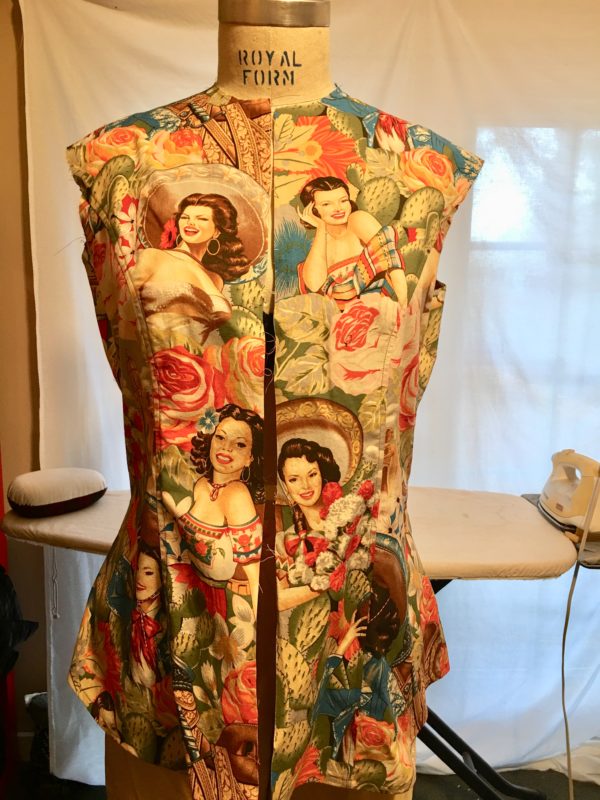
I hope more people put out Fails and Successes posts – I just love round up posts in general – it’s like everything I love about magazines, and nothing I hate about Pinterest.
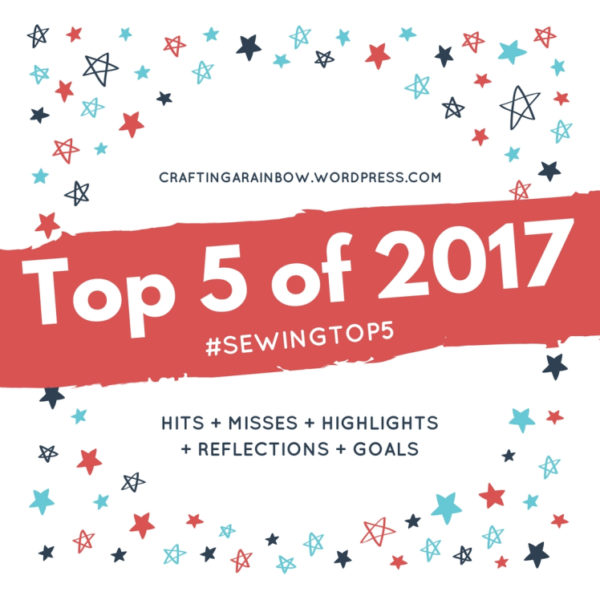
Edited to add this is in, uh, solidarity? LOL. This is the brainchild of Crafting A Rainbow. Gillian came up with this, not me. 😀 I just think it’s a great idea.

